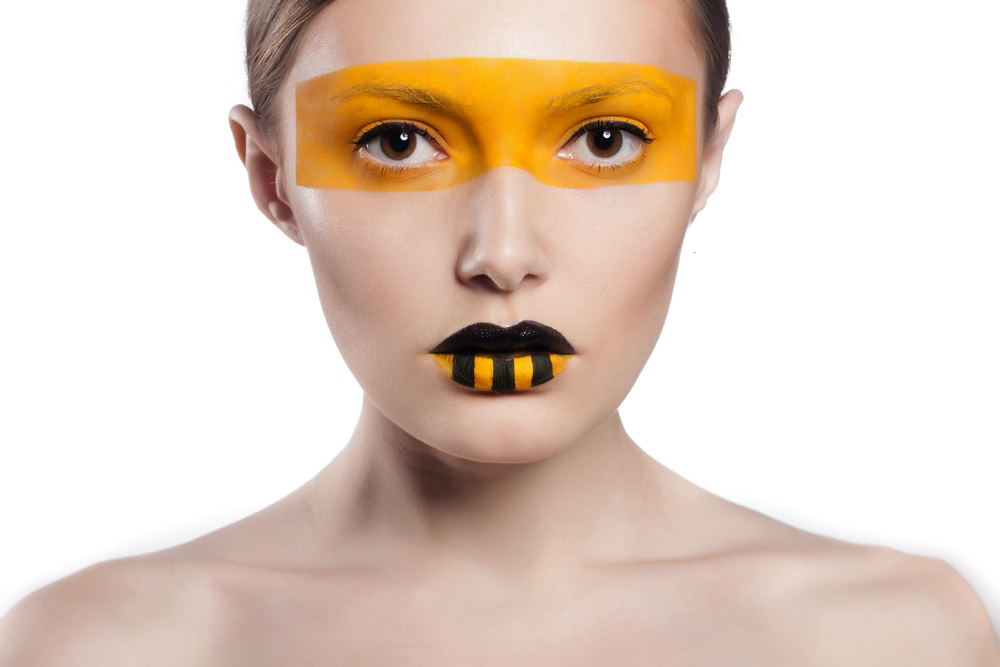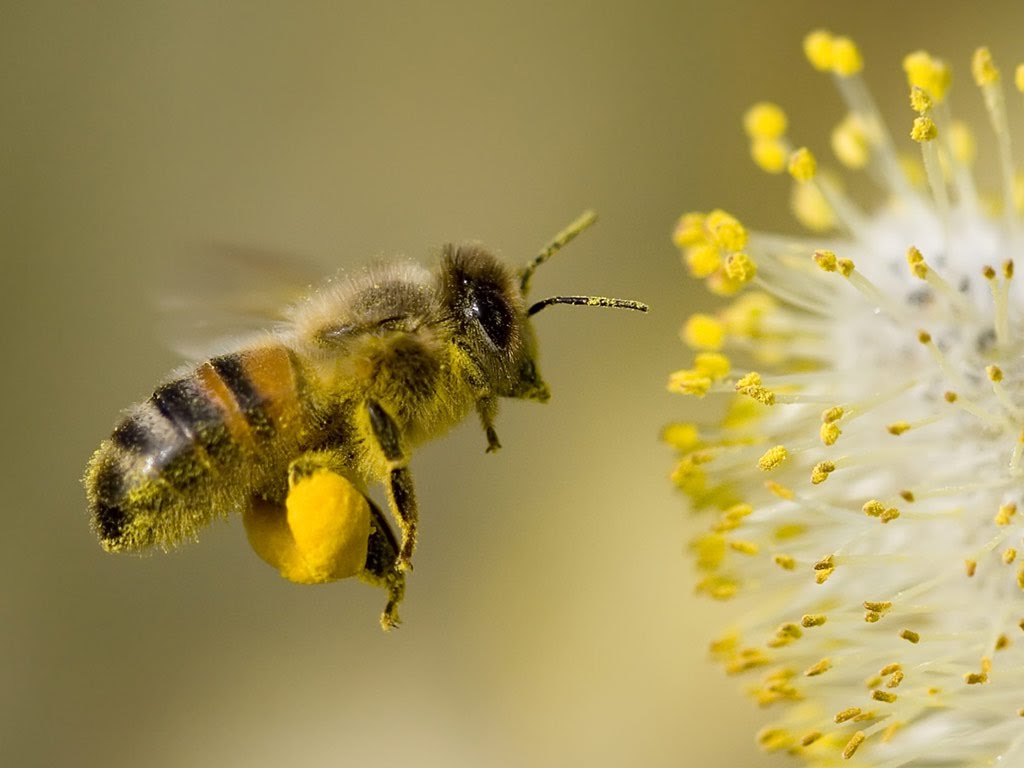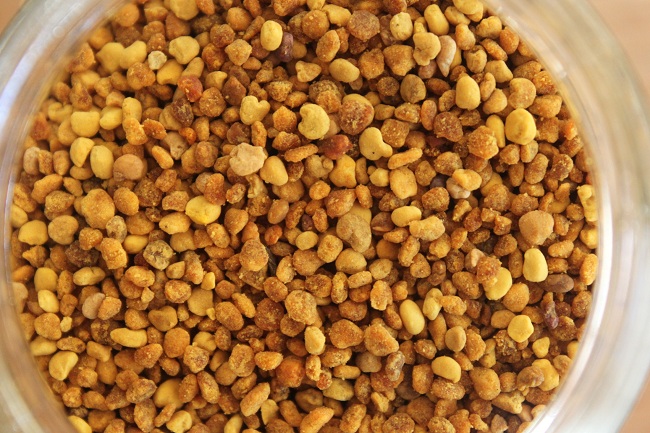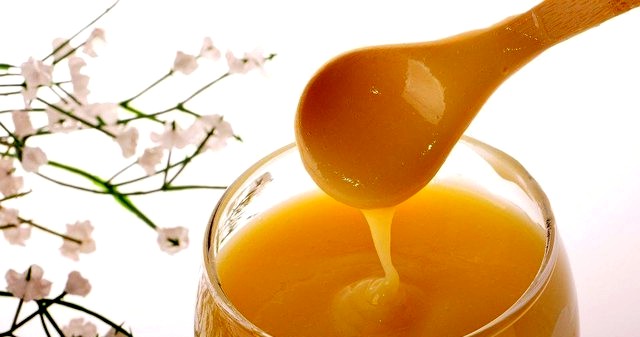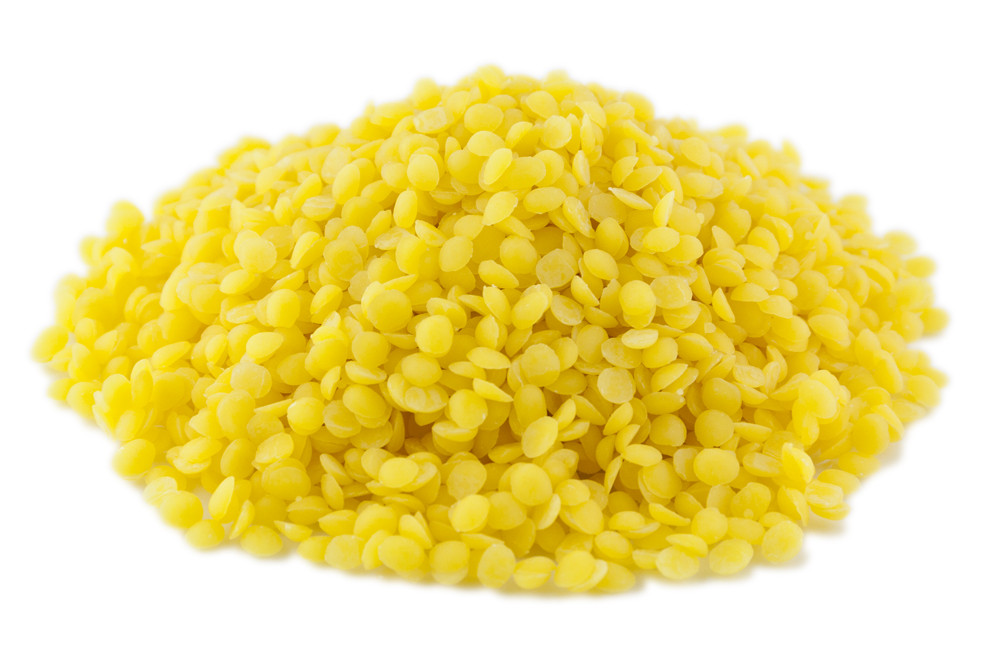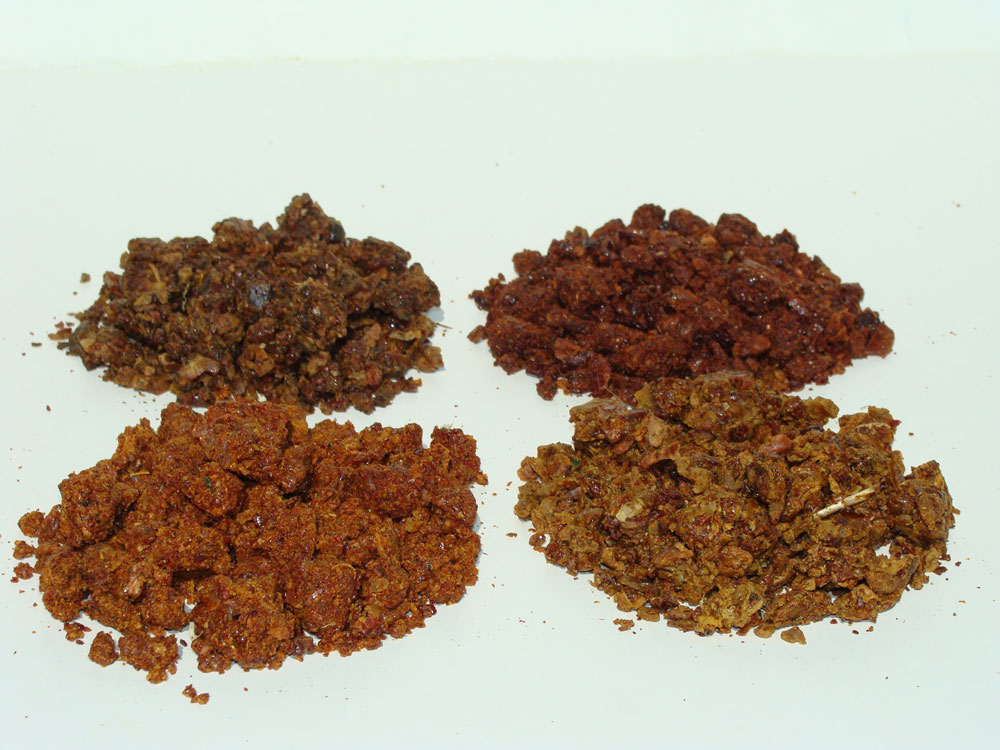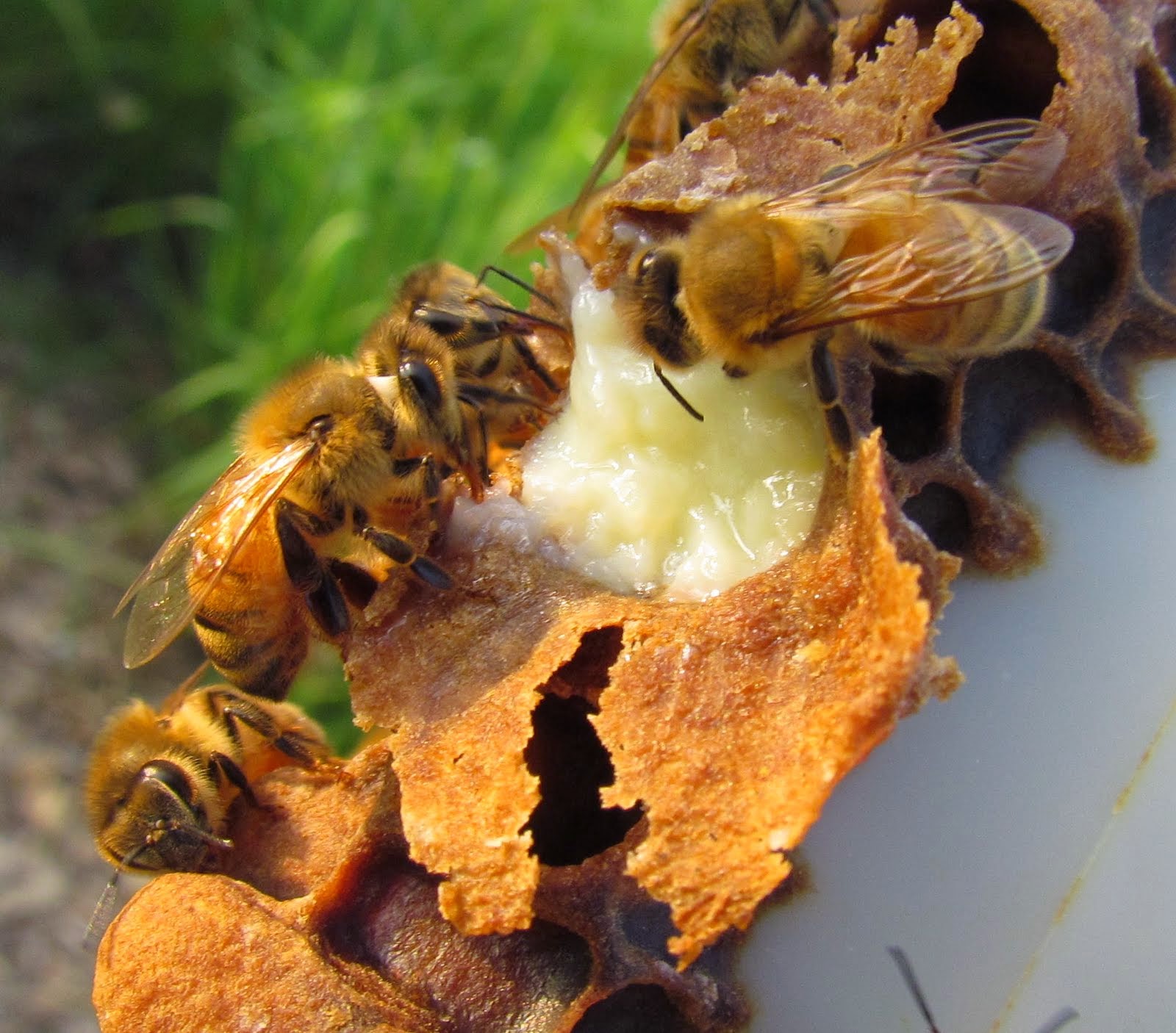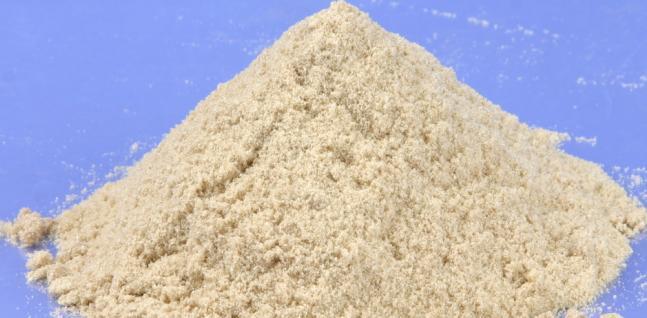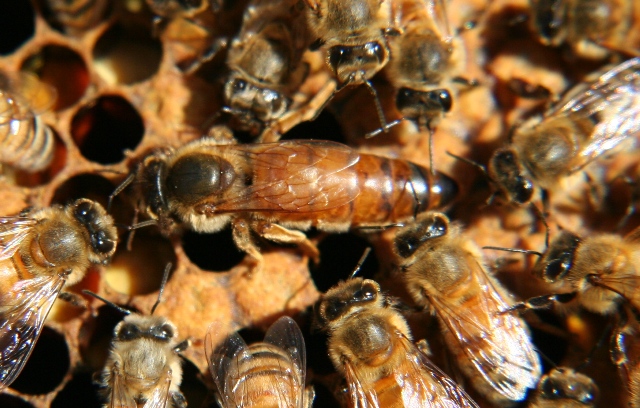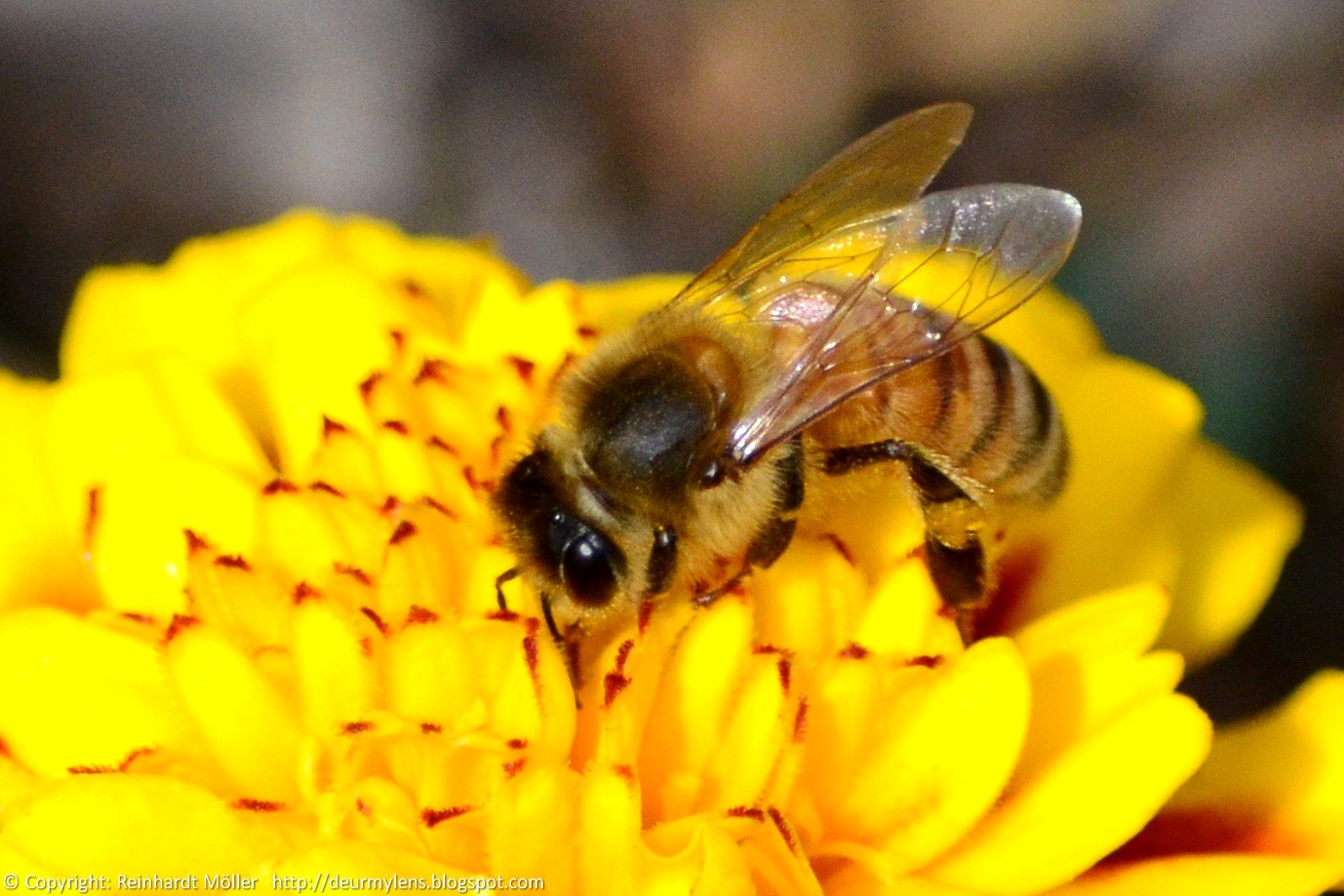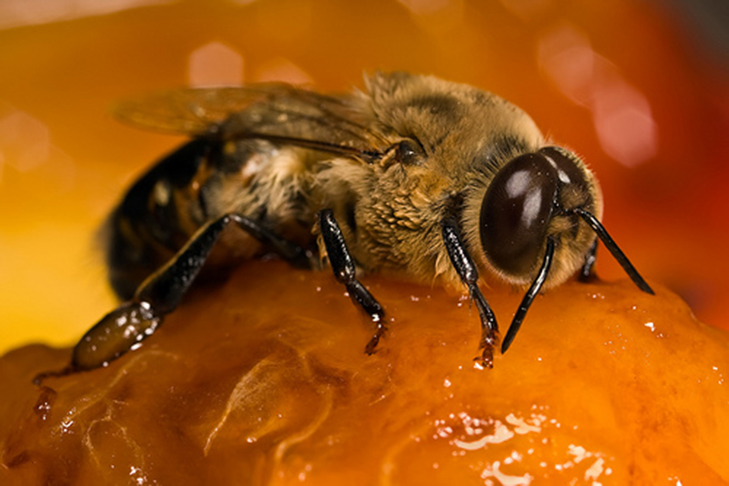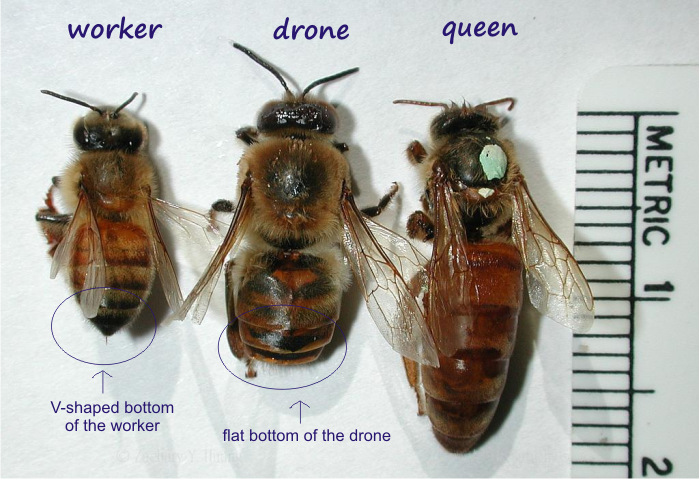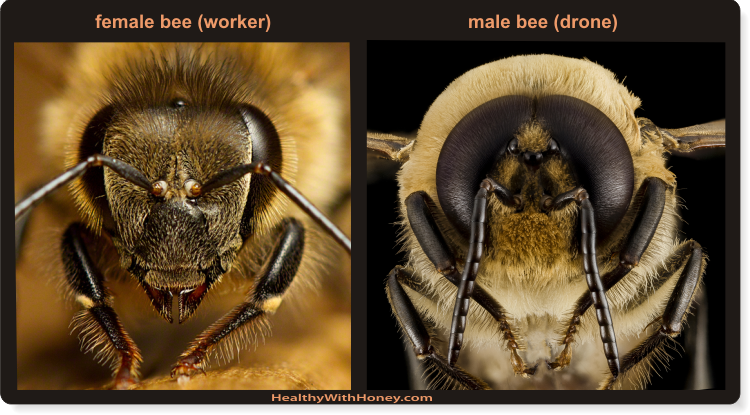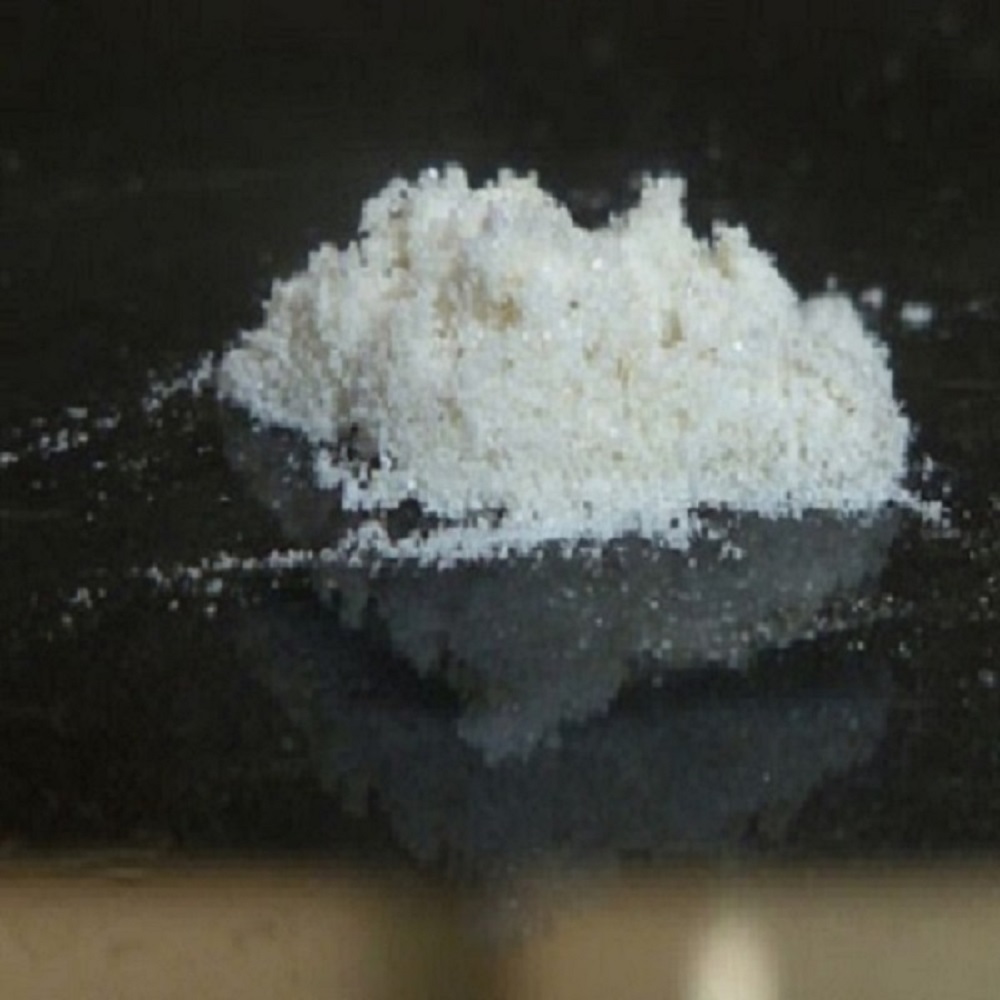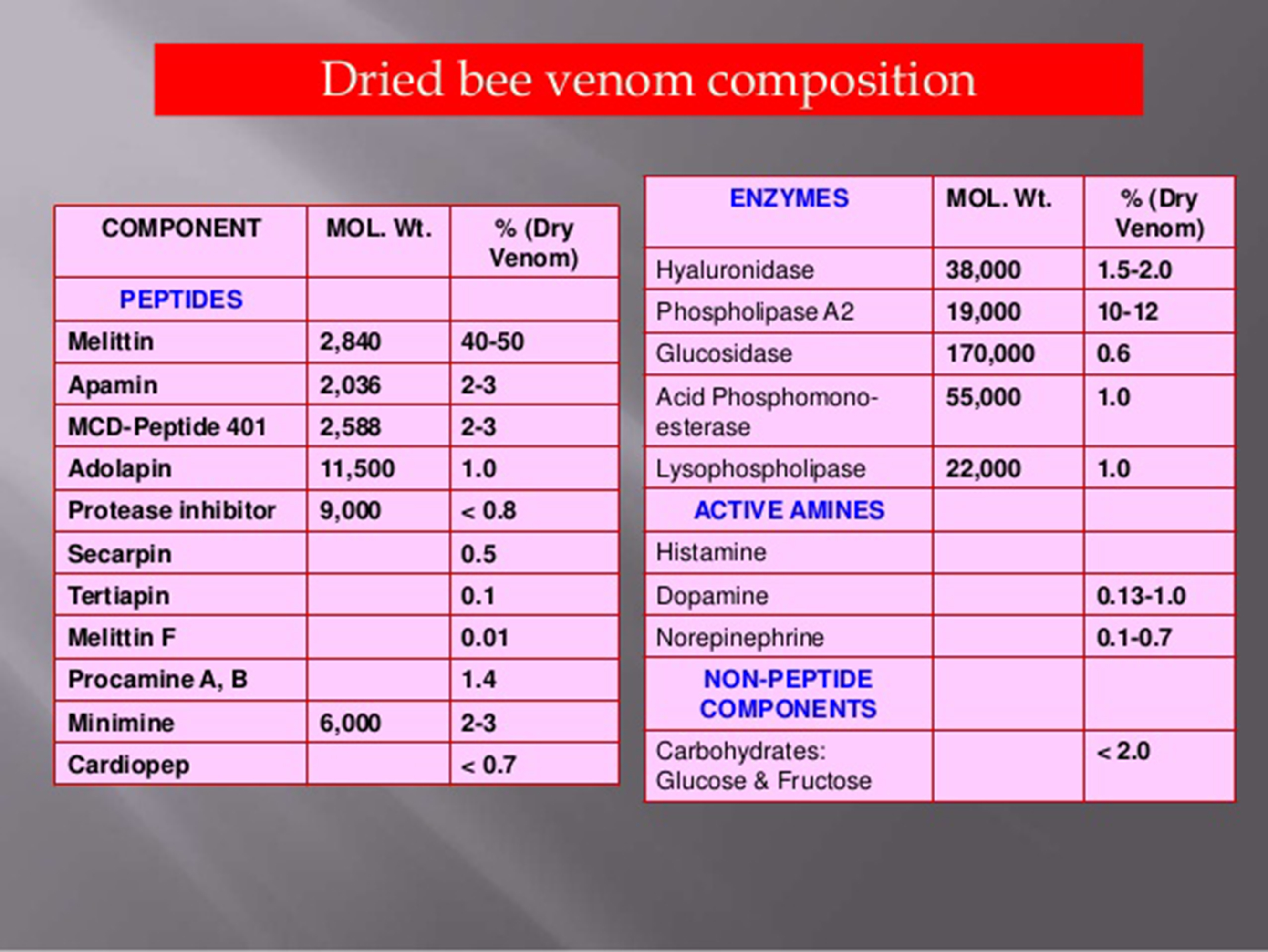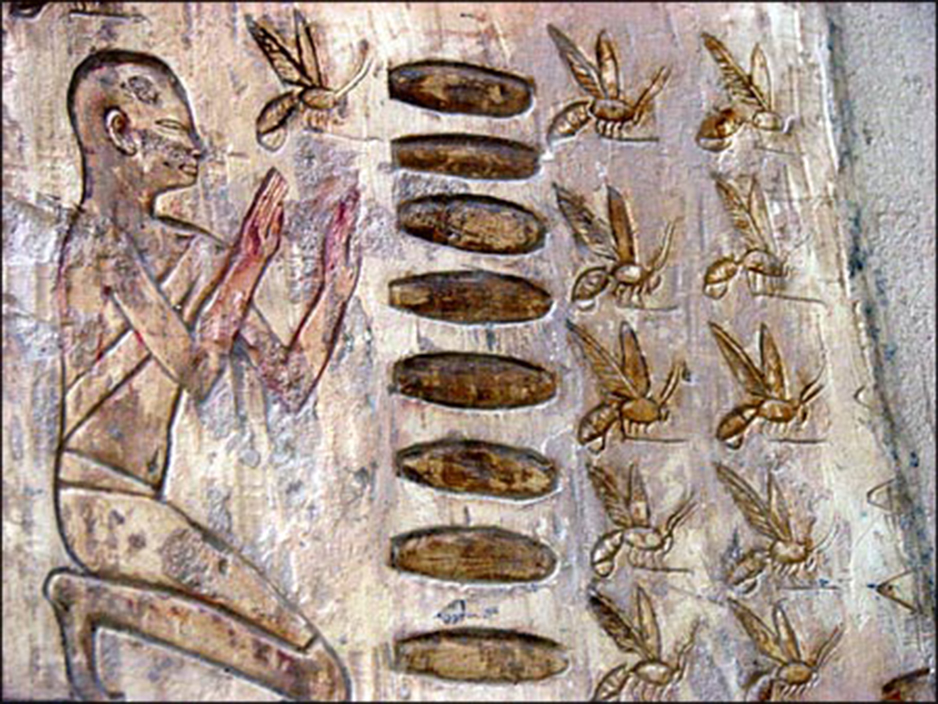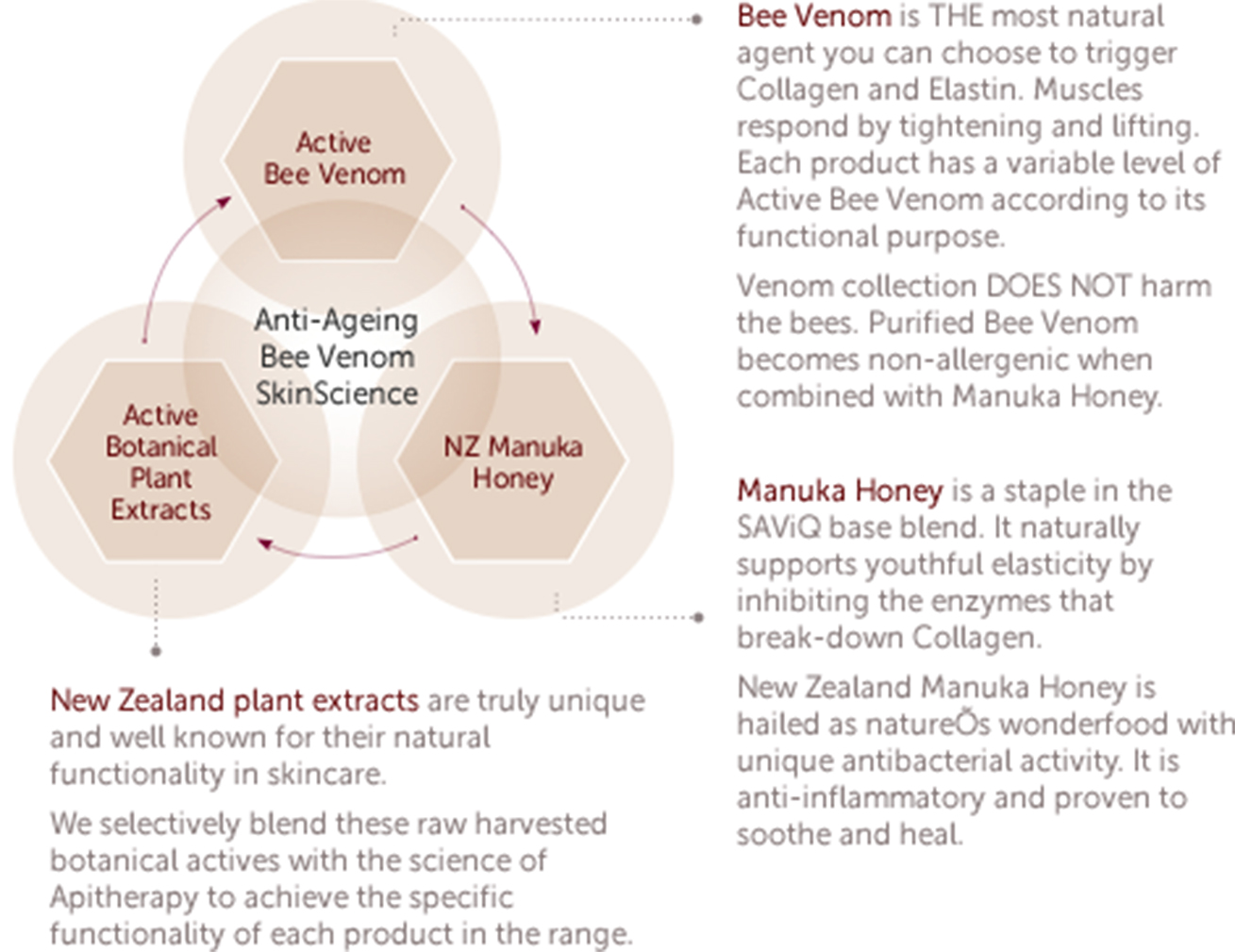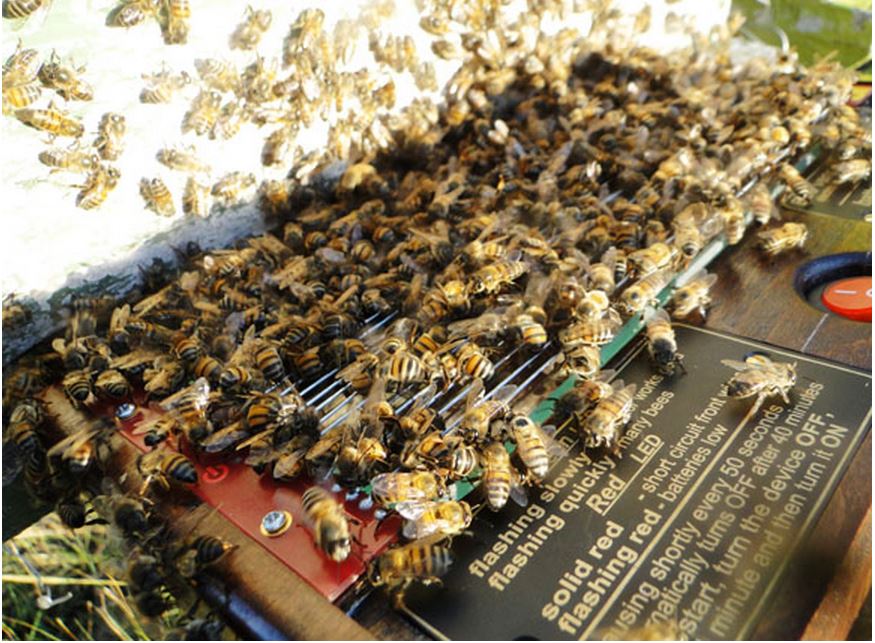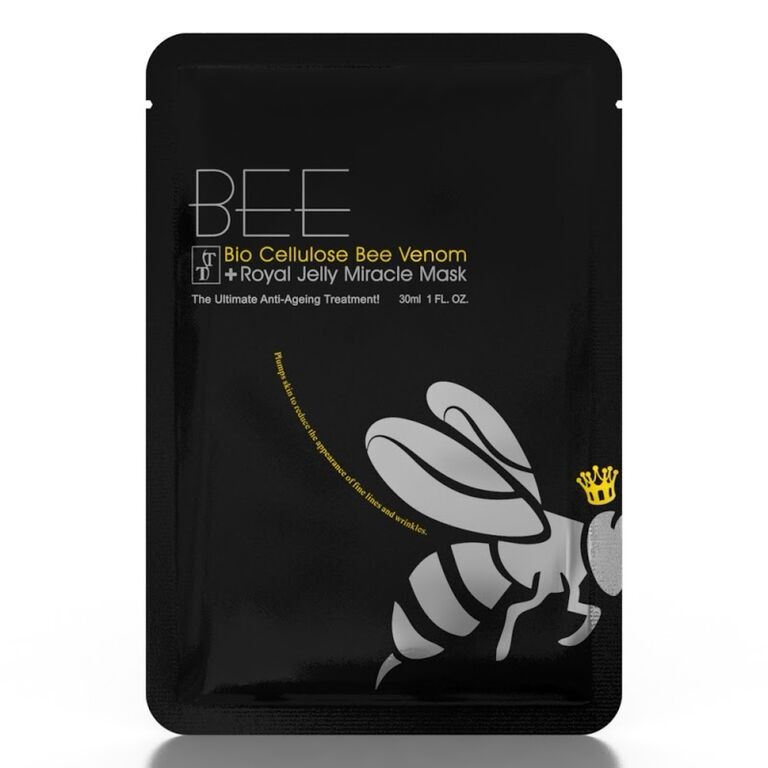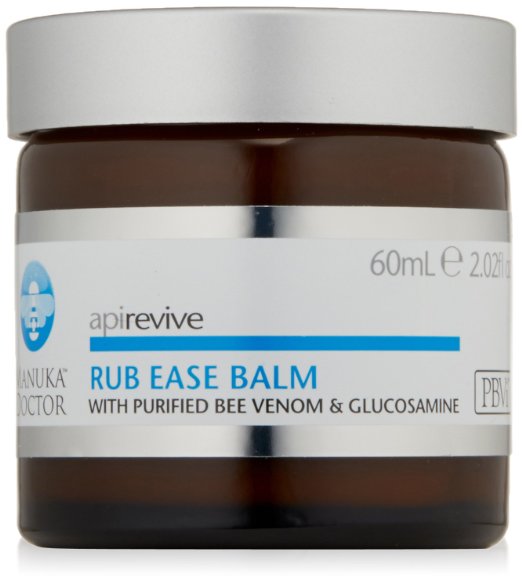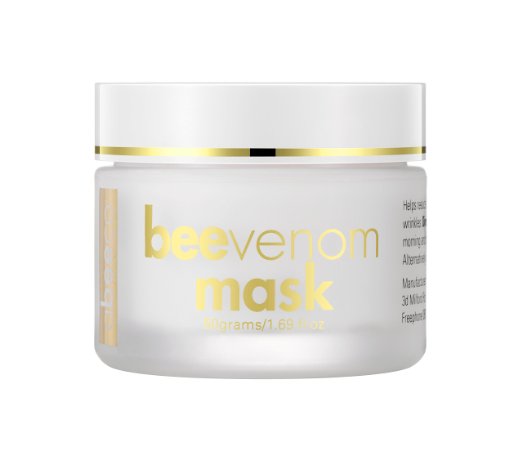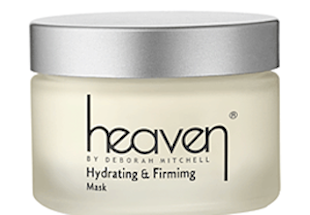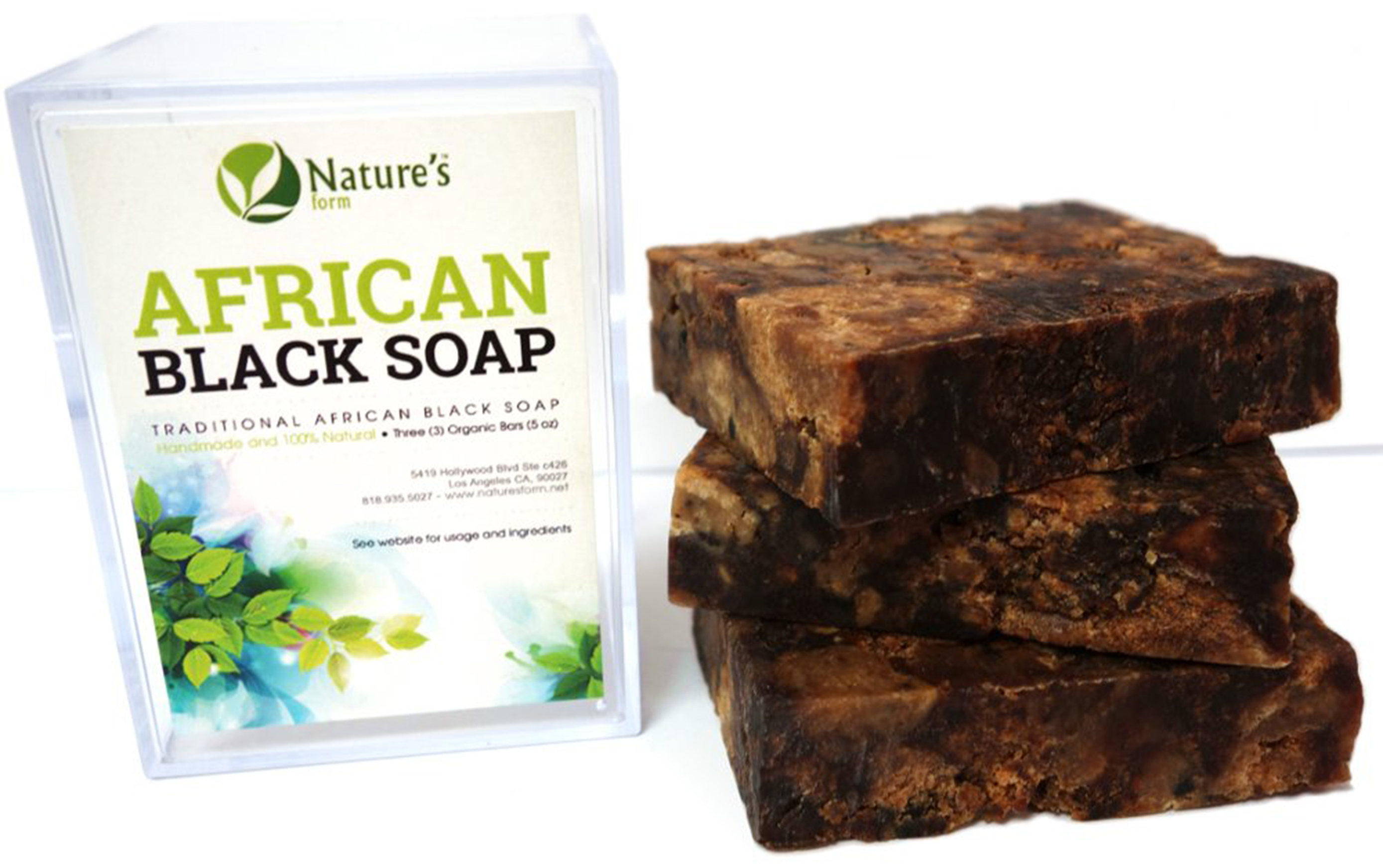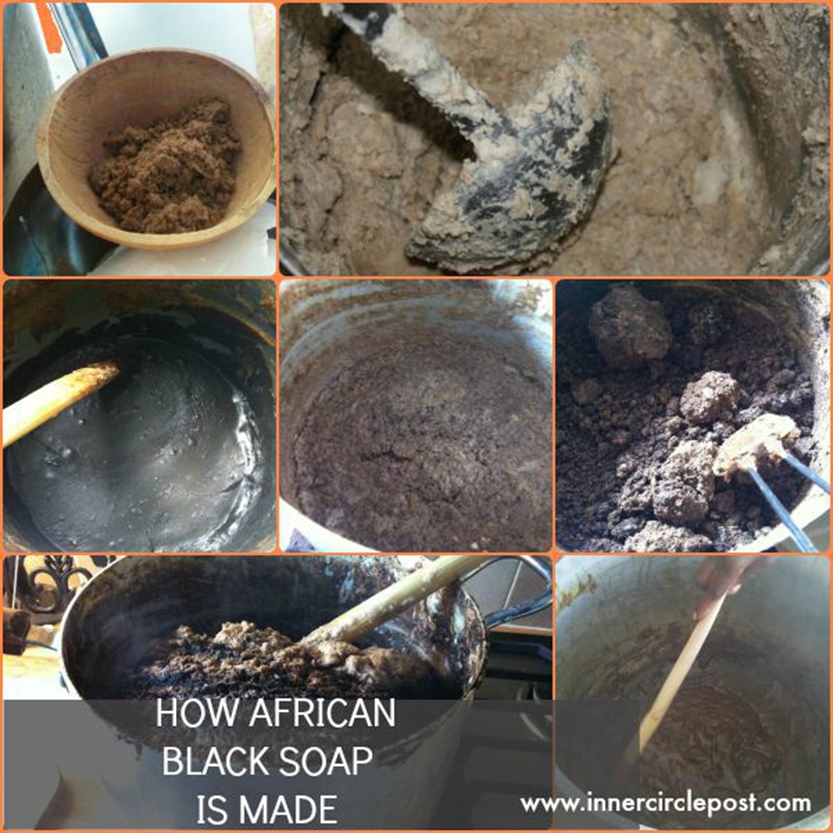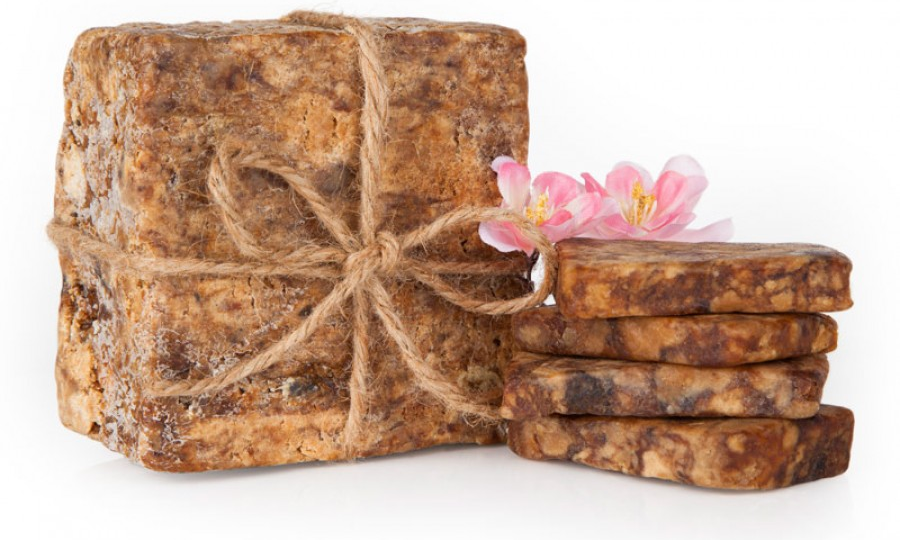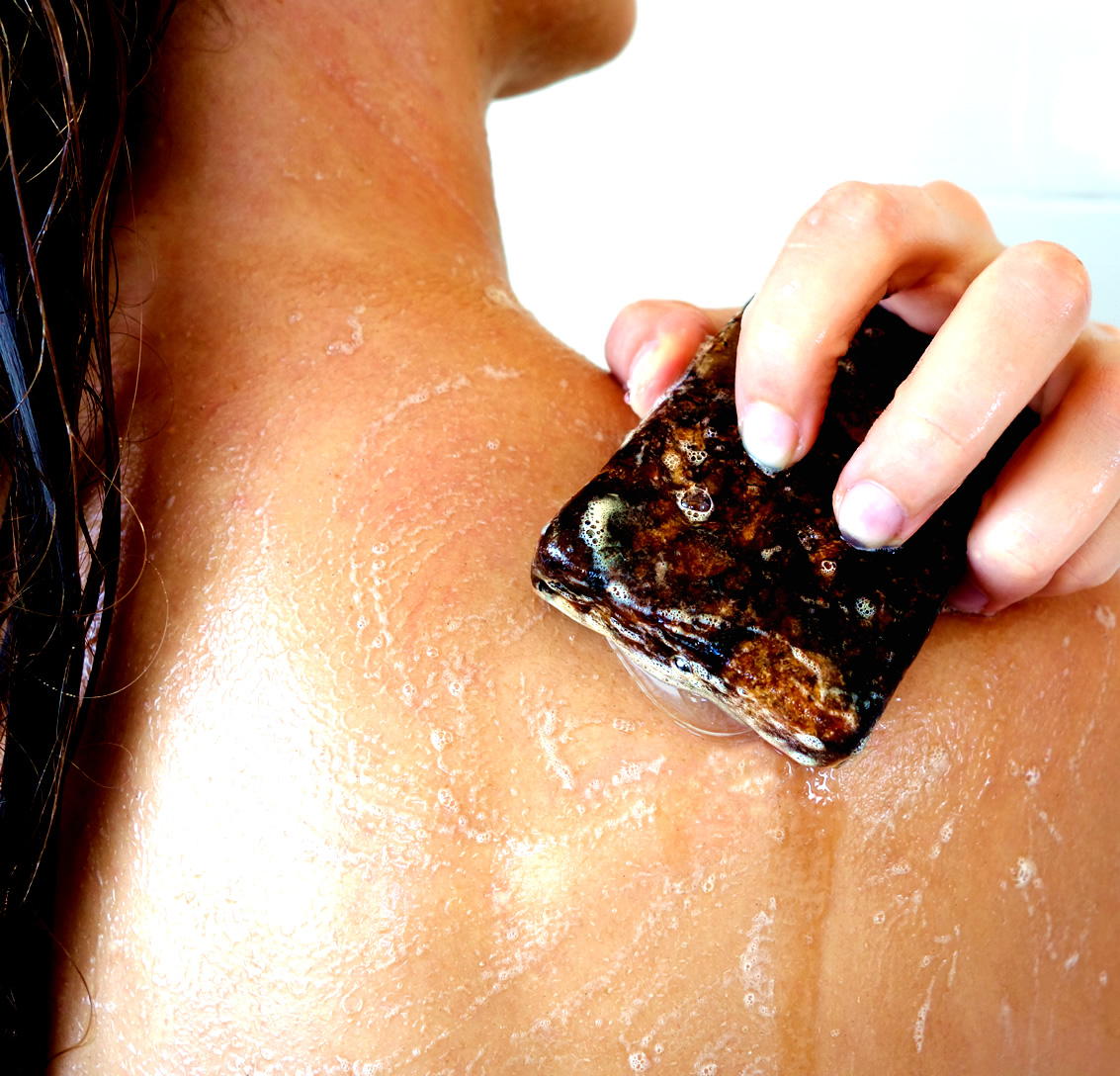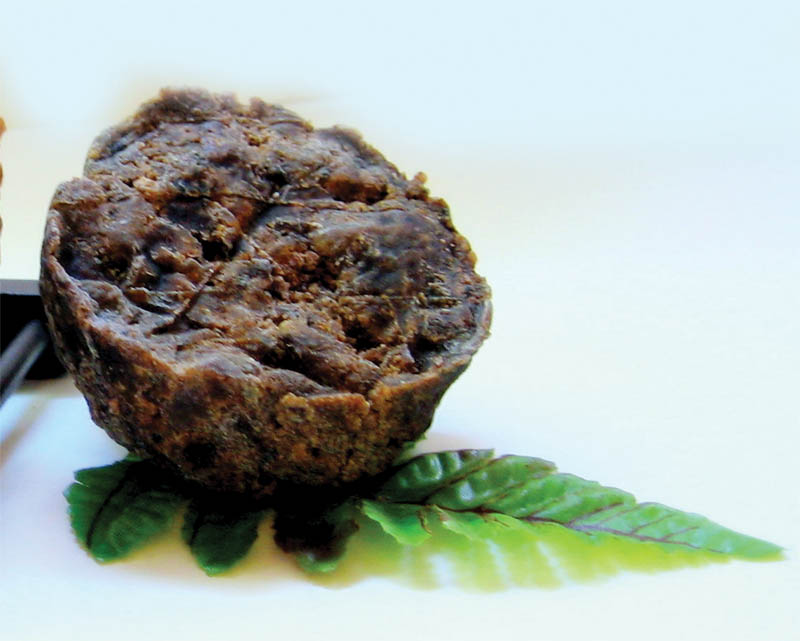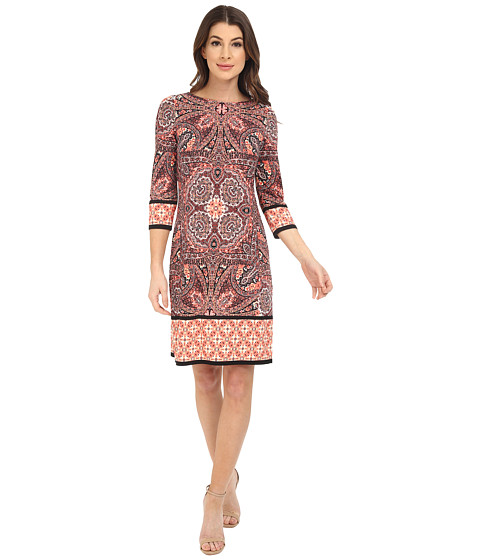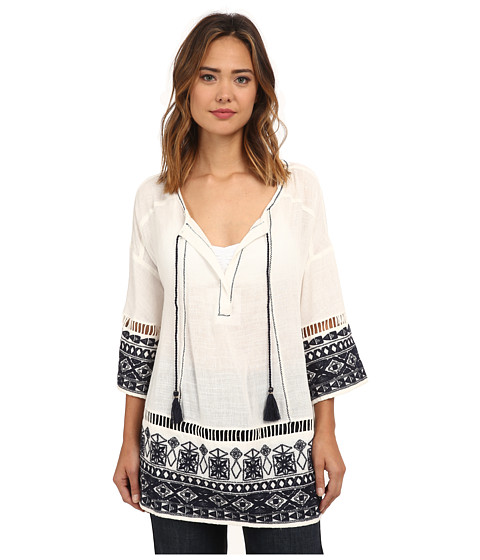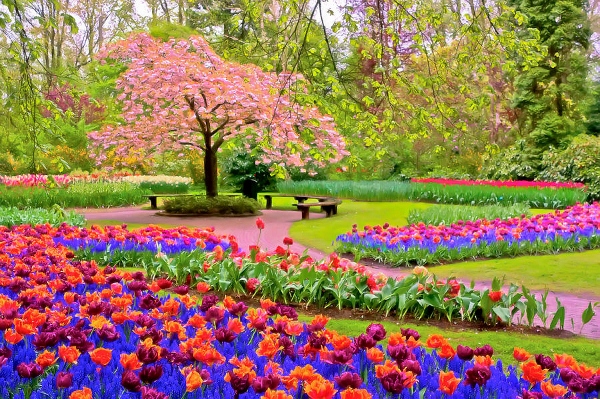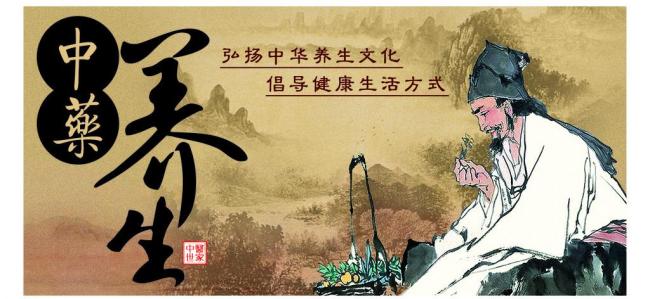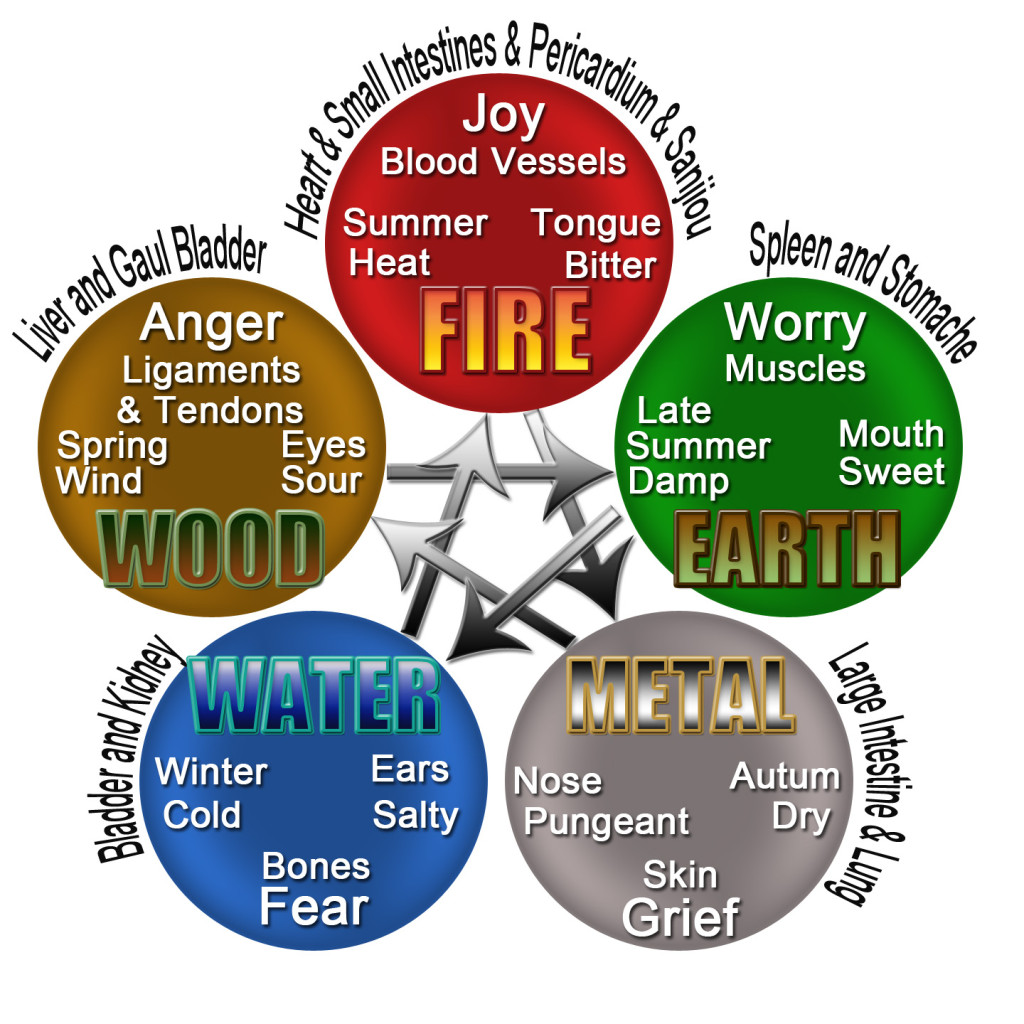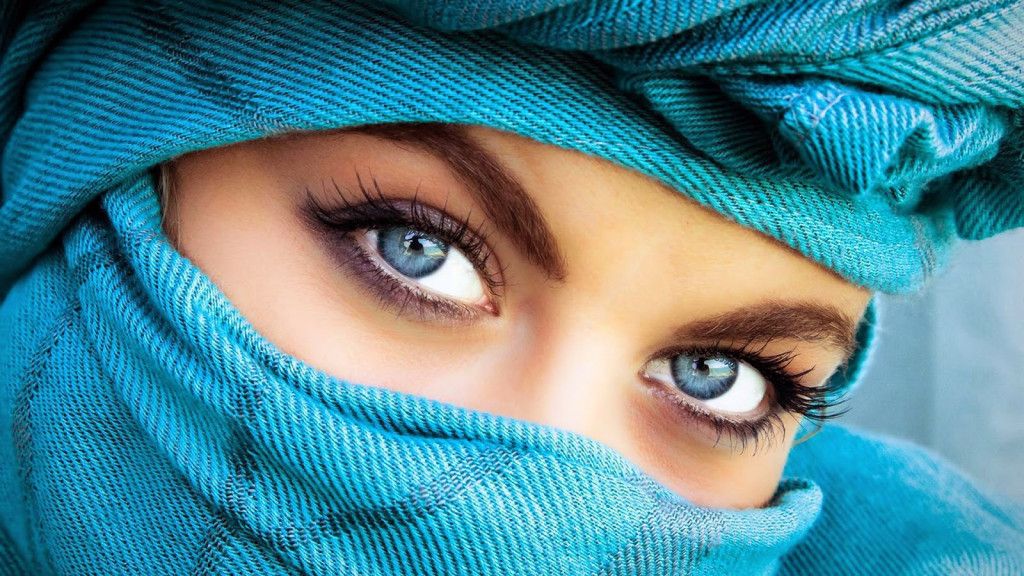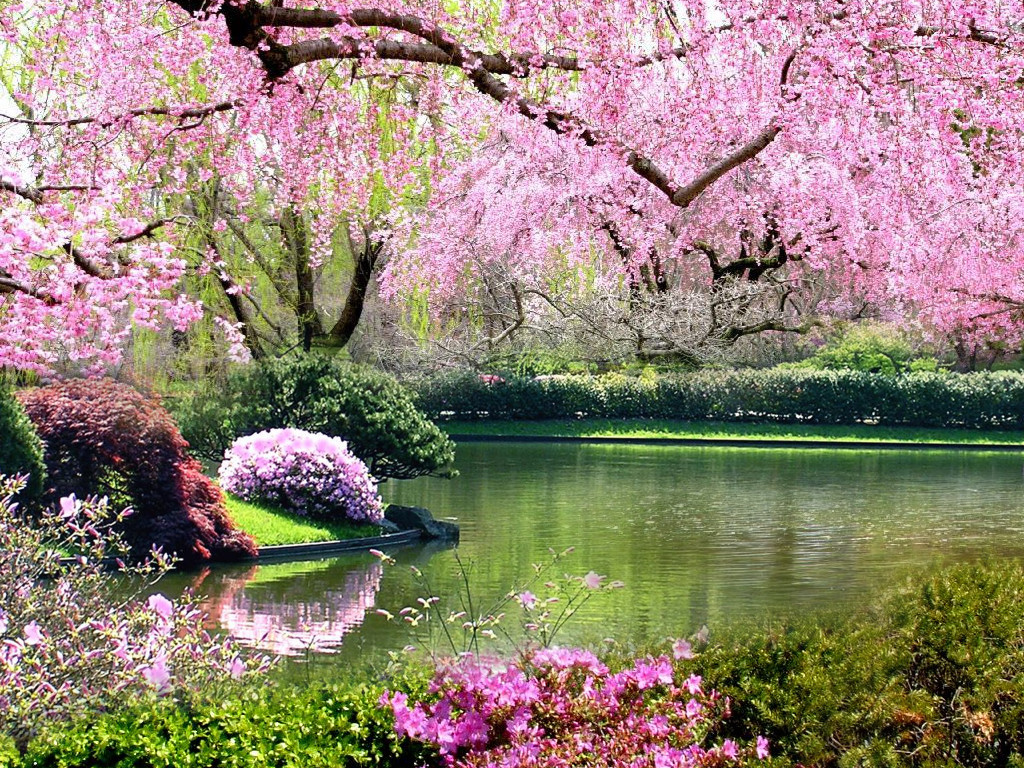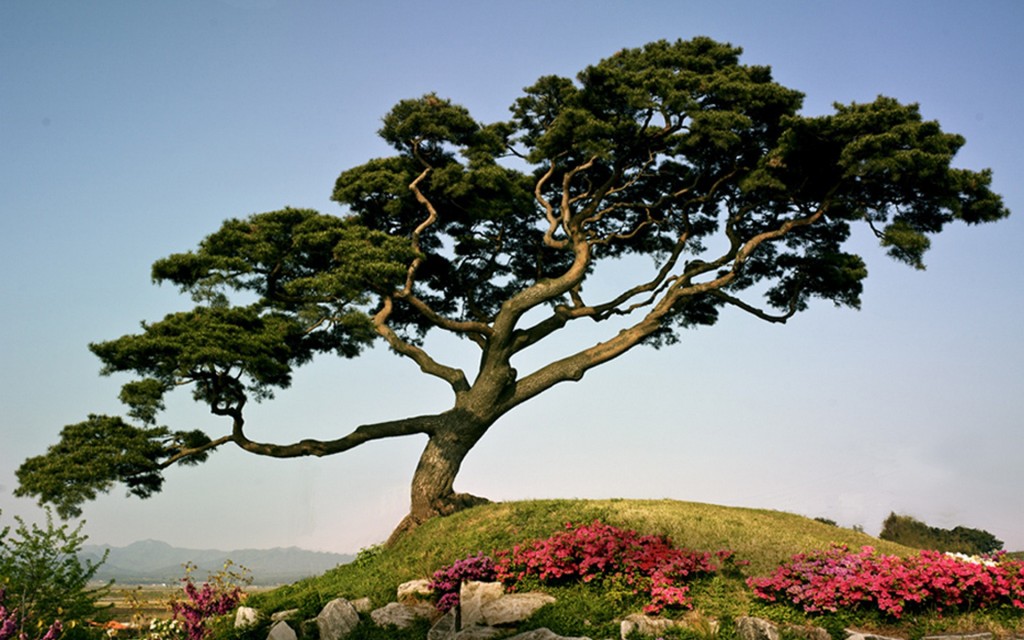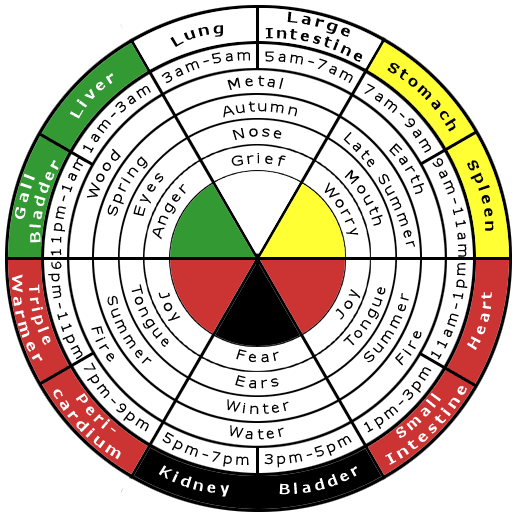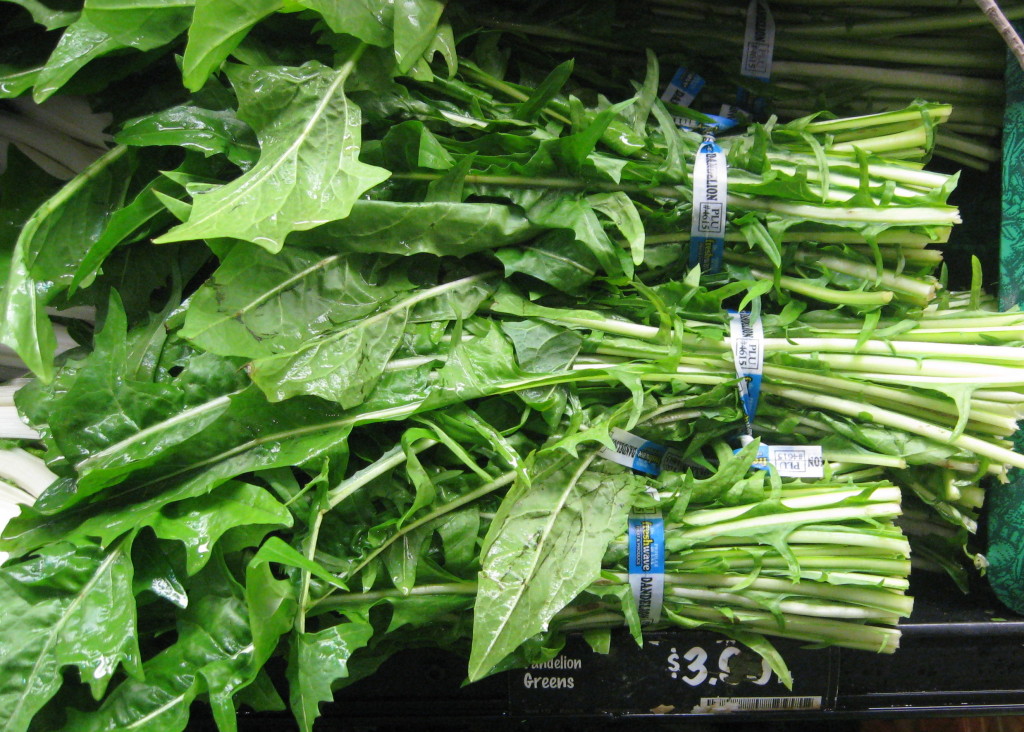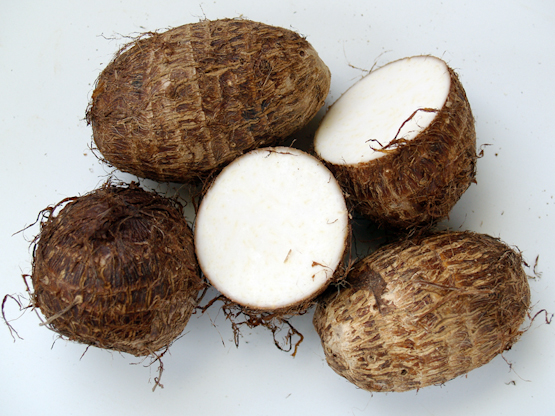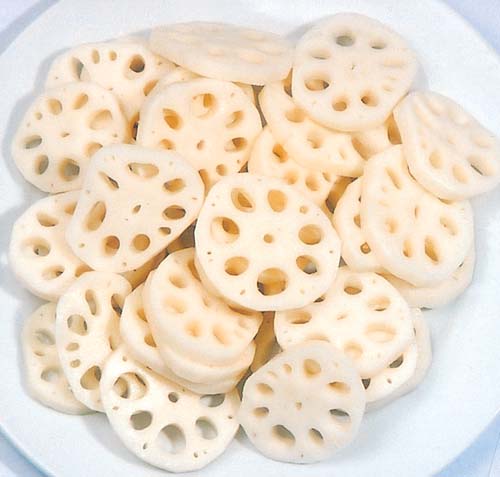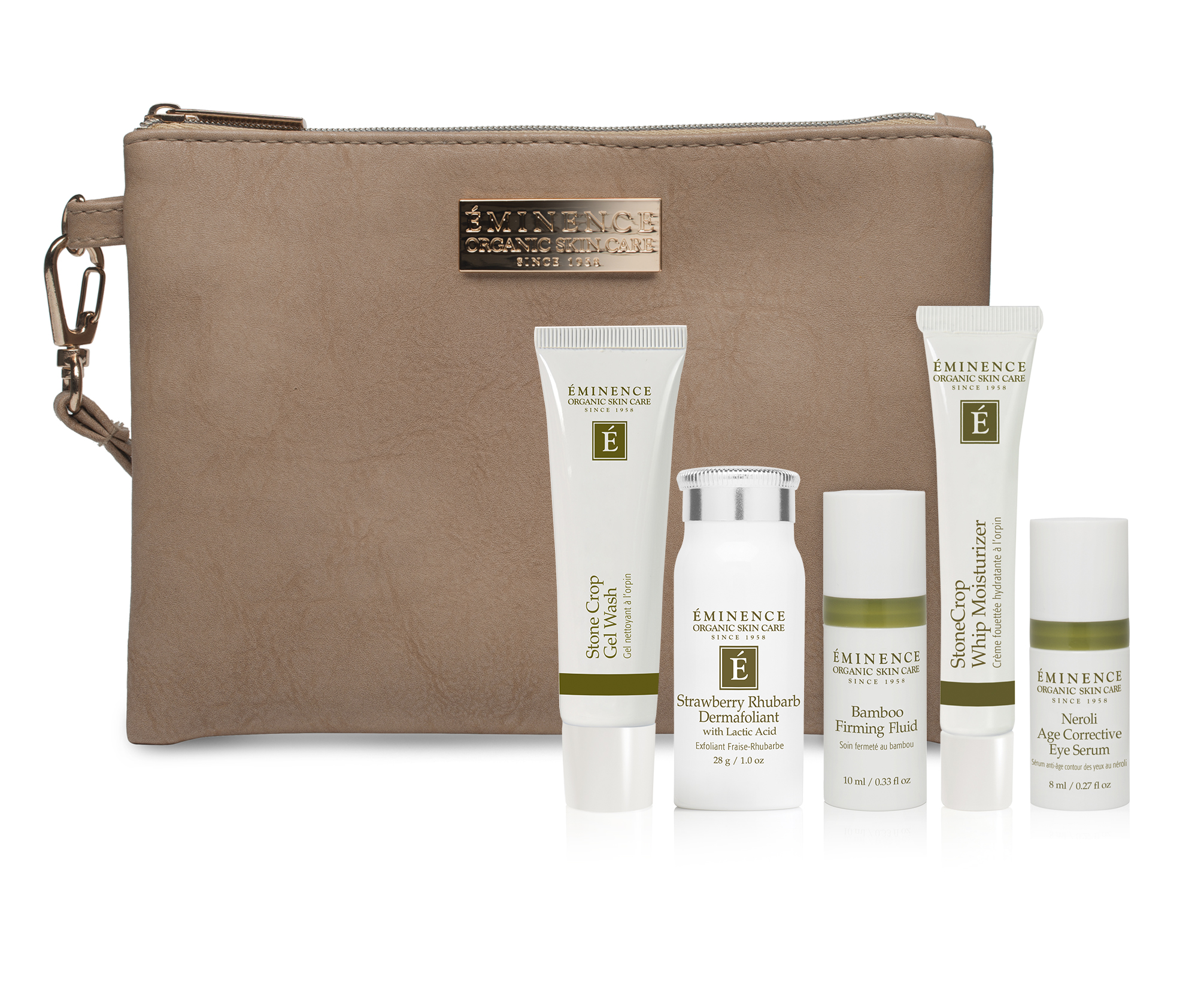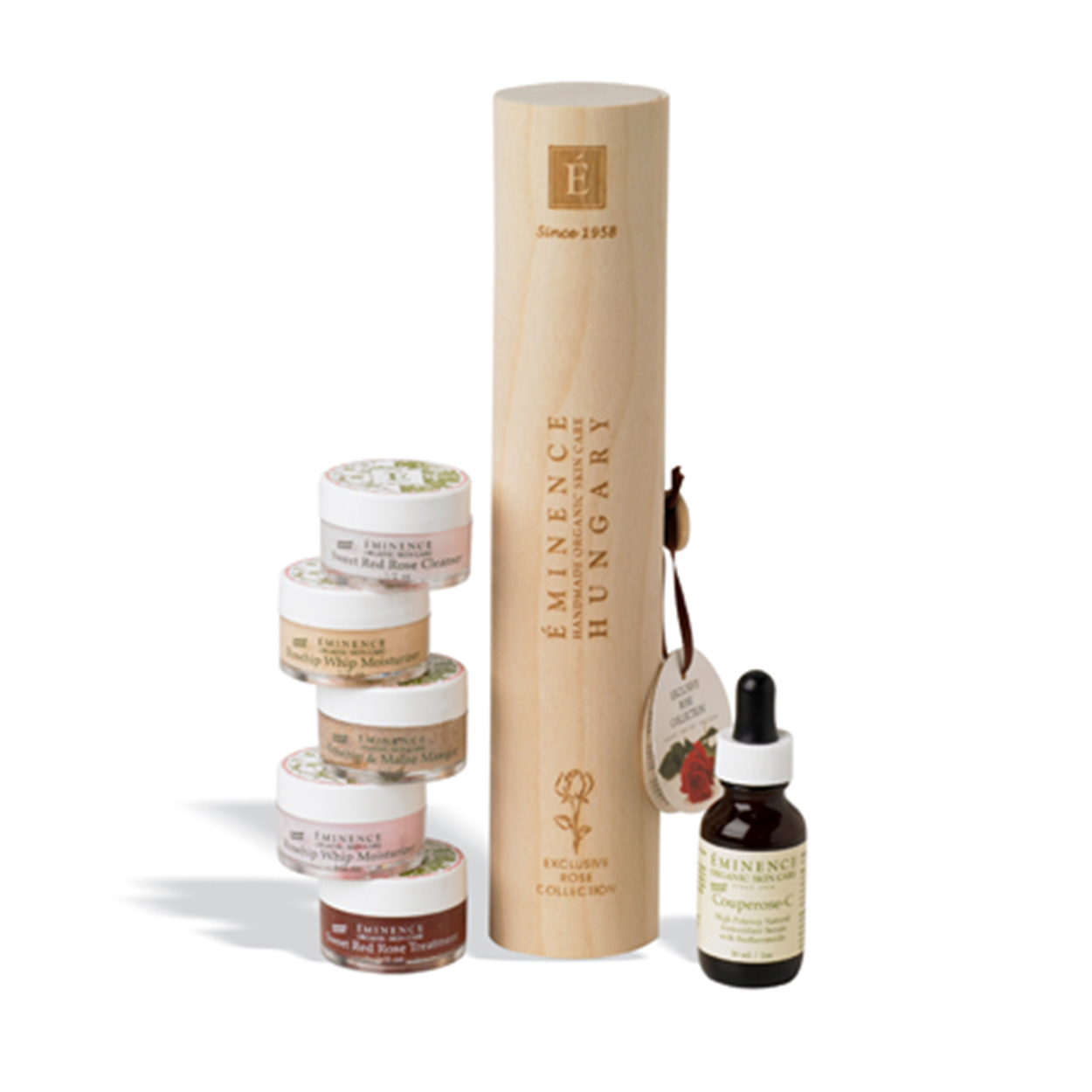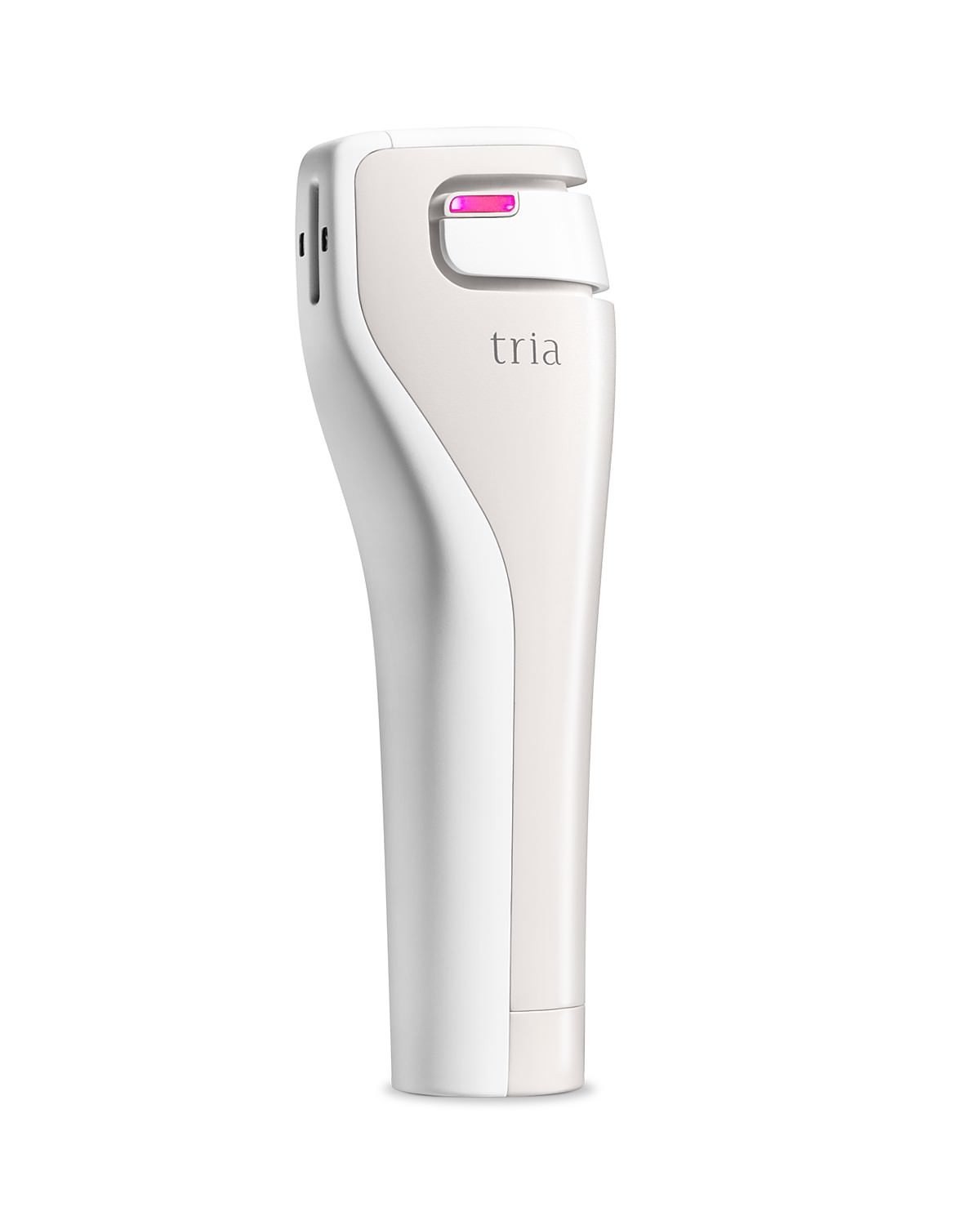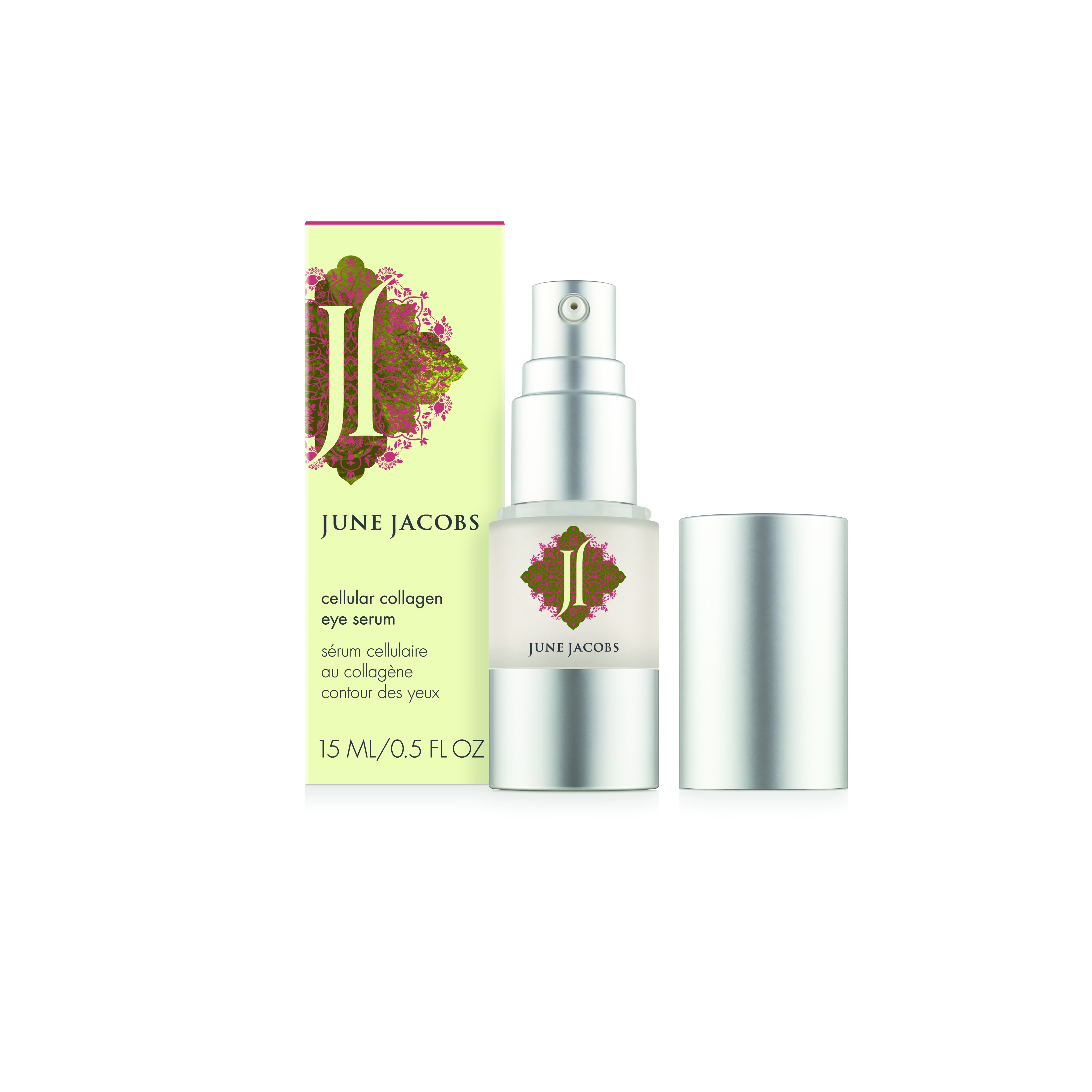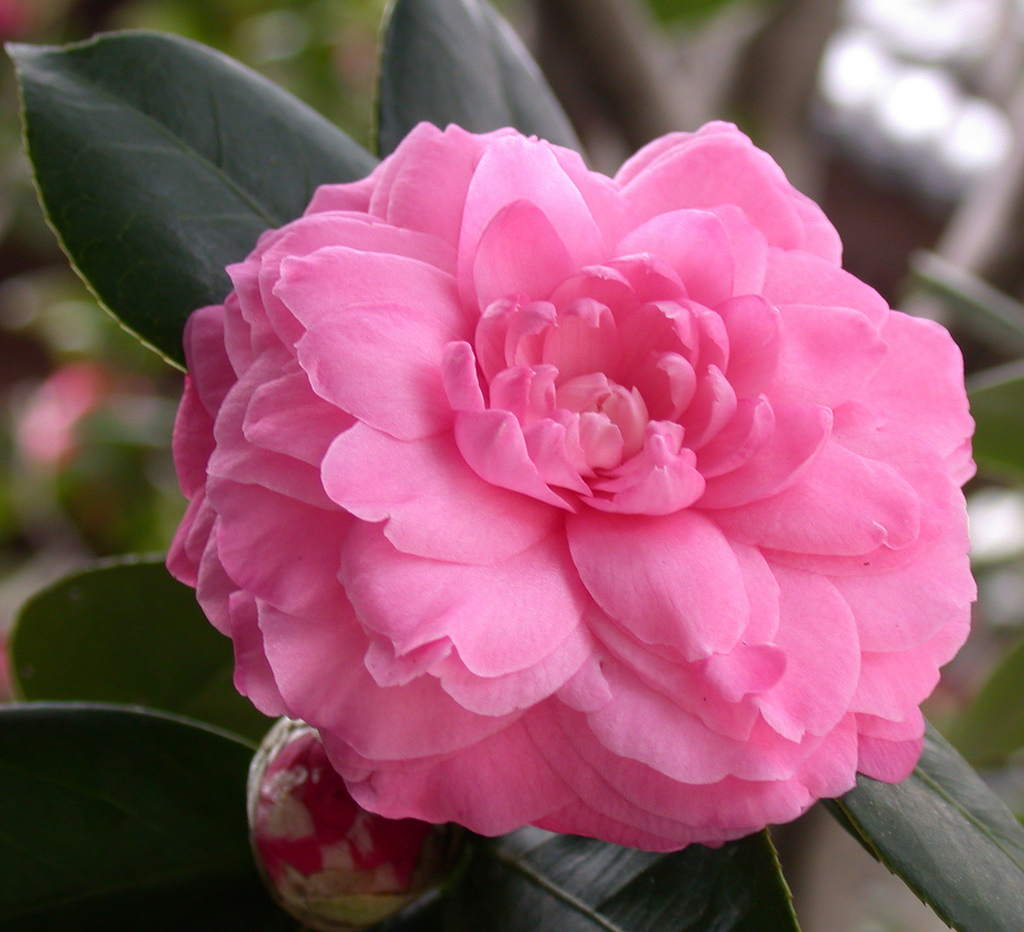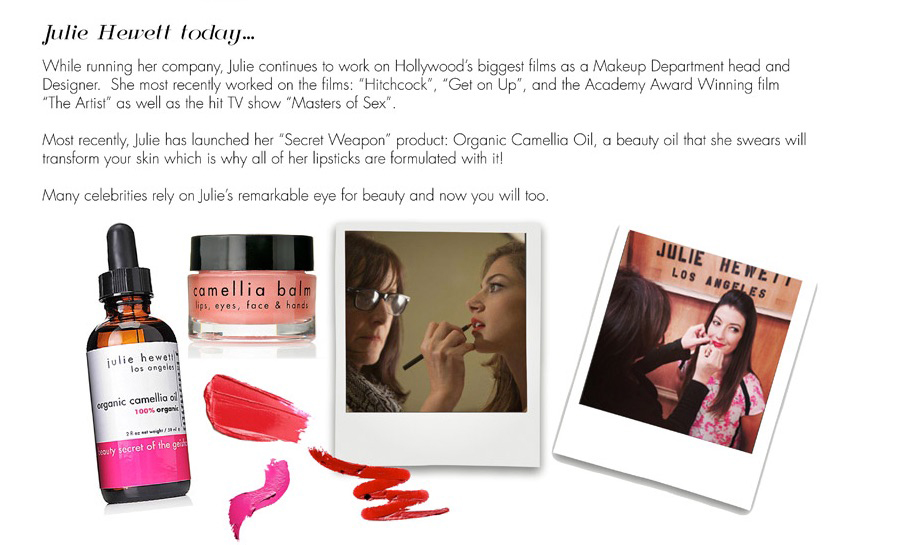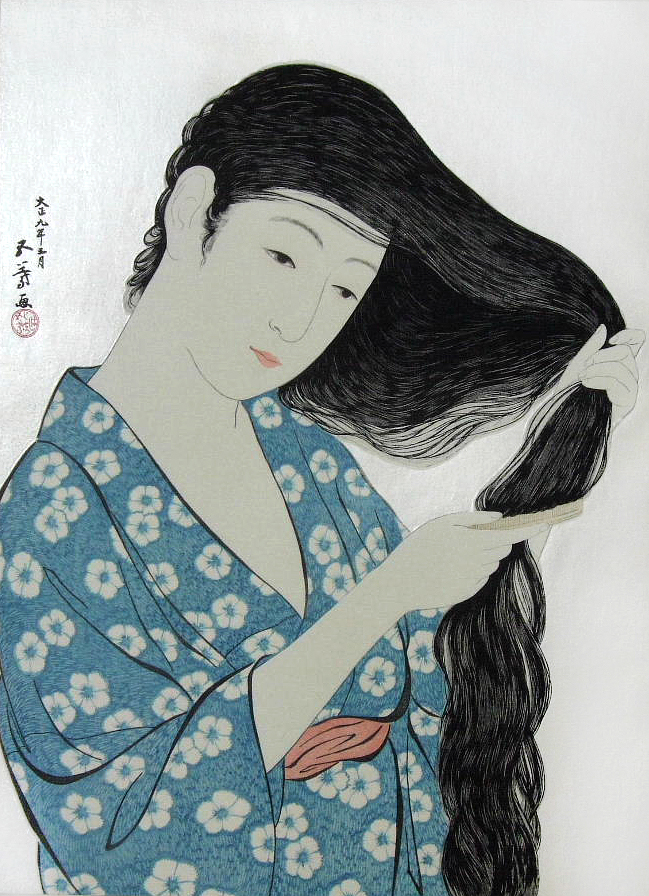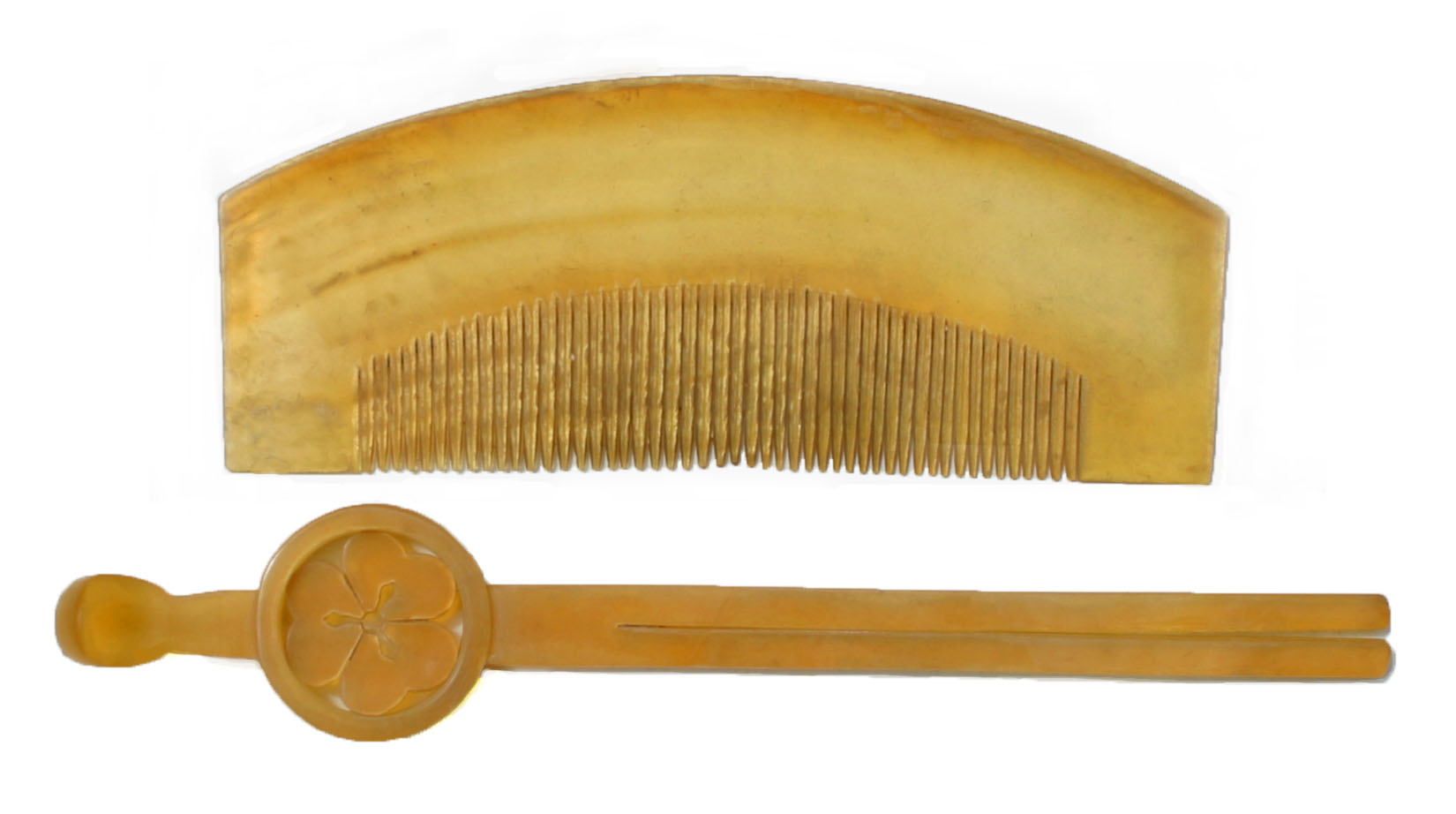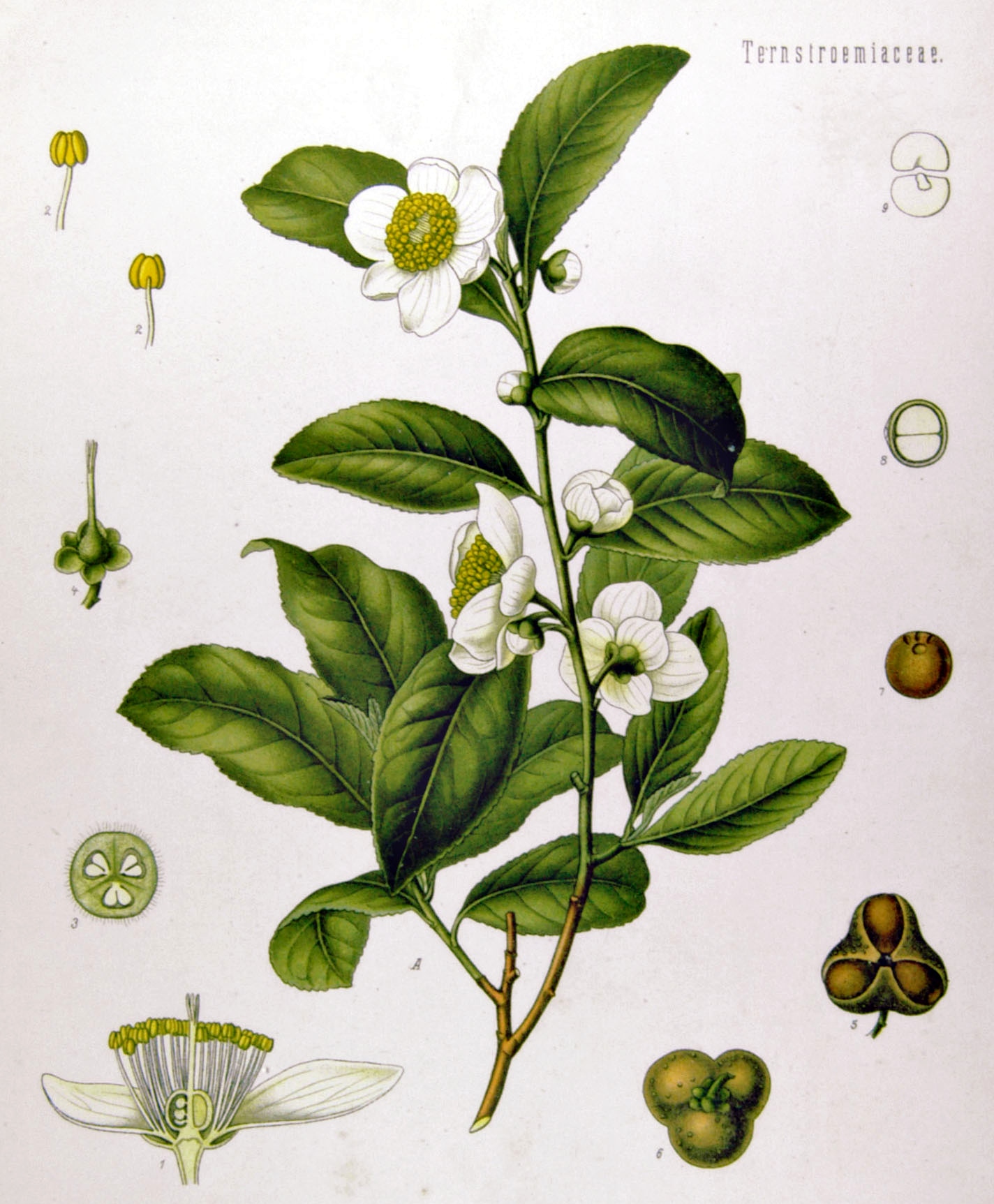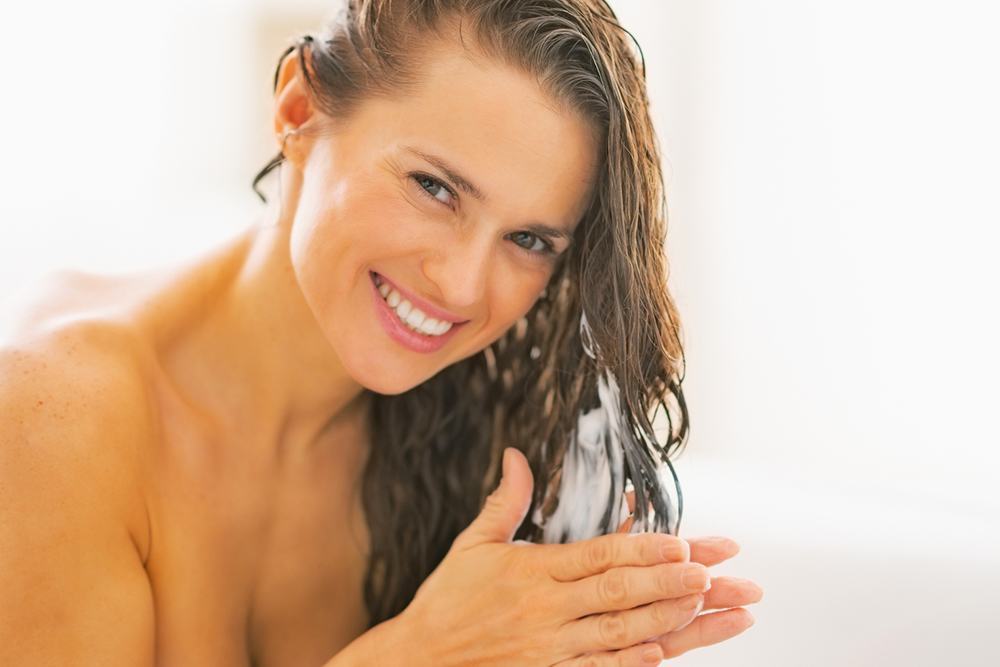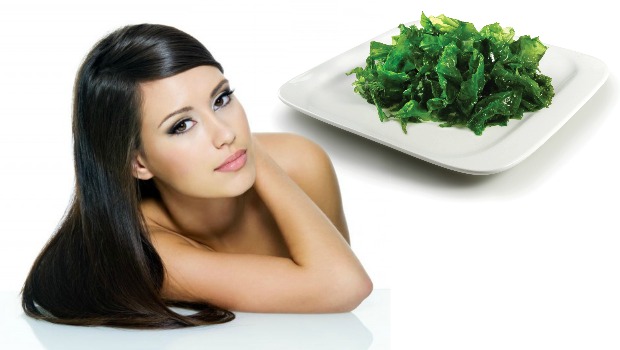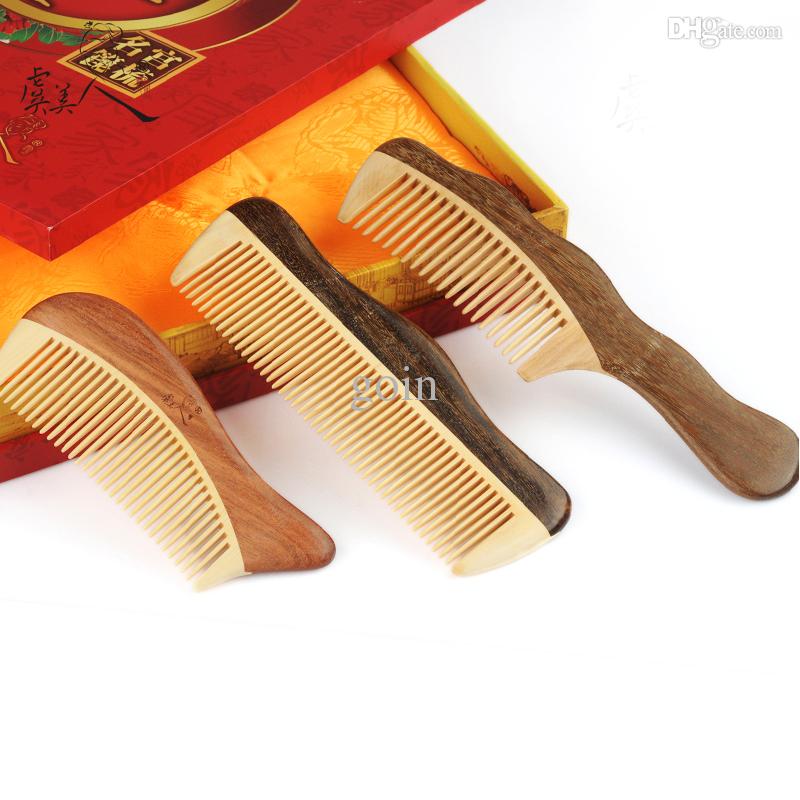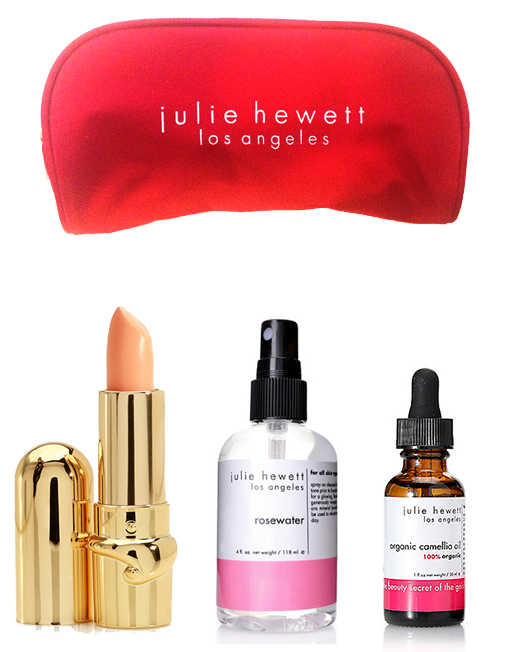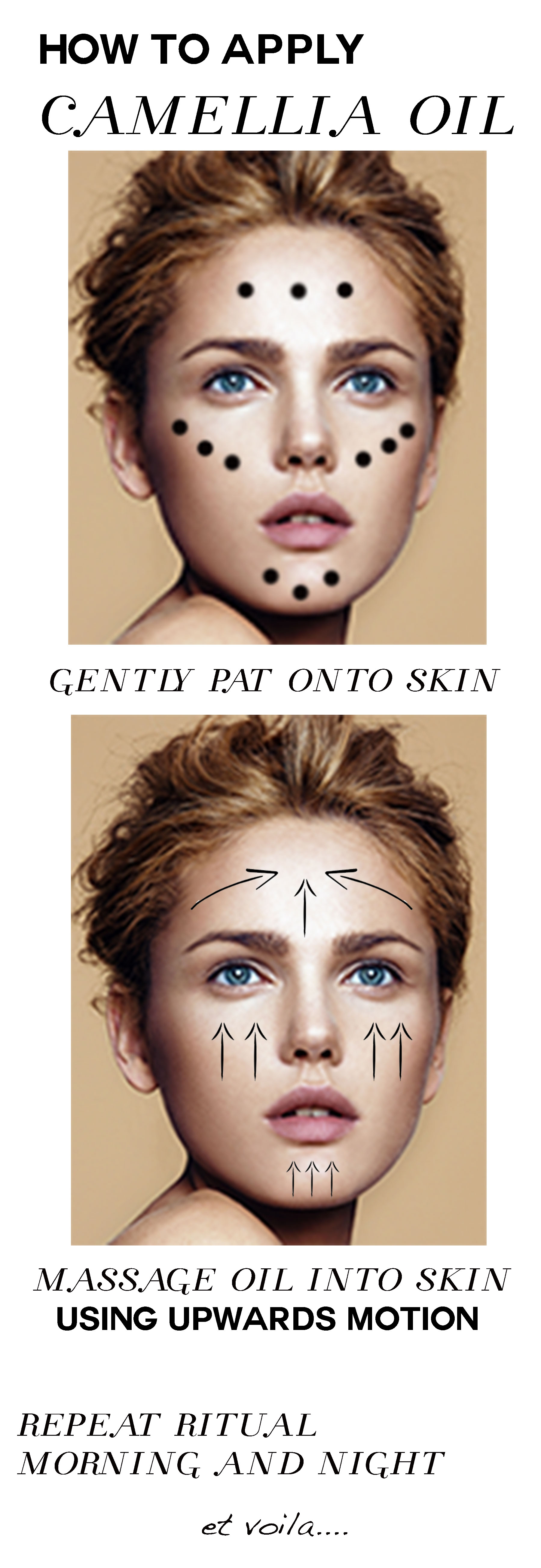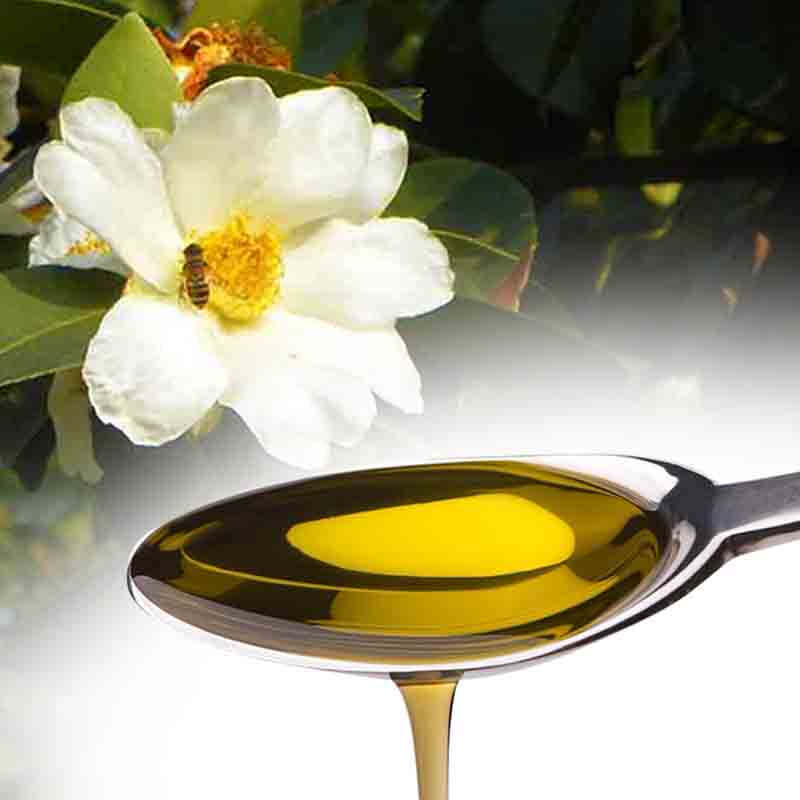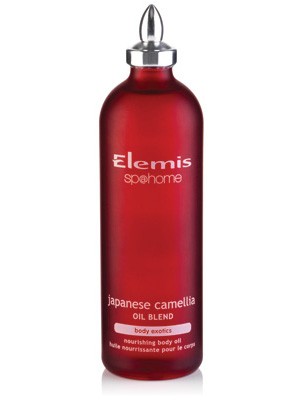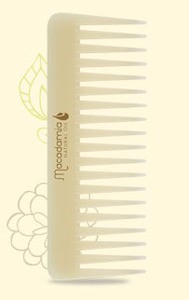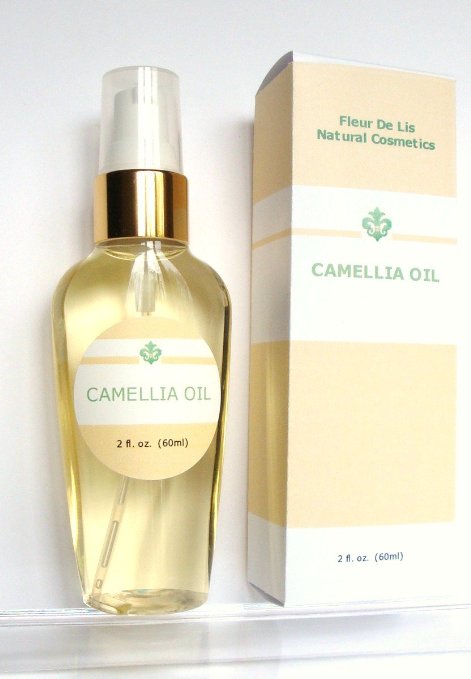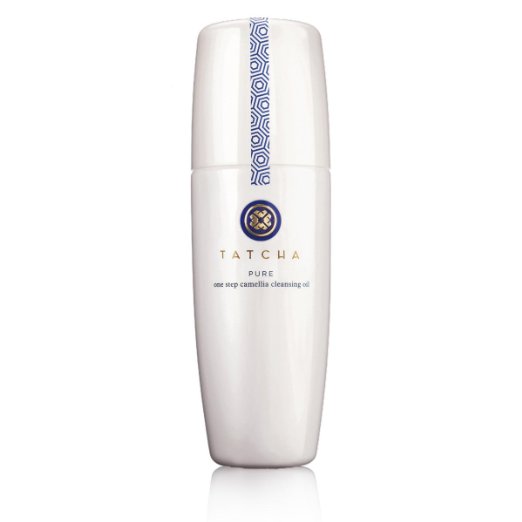Bee Venom for Beauty and Wellness
Bee Venom for beauty and Wellness
Hello and welcome again to our weekly post on week 217, we are sharing the amazing power of one of my favorite little beings, that is the miraculous Bee. I grew up loving bees and early on in my life I learned their value in our eco system and our own health and beauty. I use honey, royal jelly, bee pollen, bees wax and bee propolis basically on a regular basis.
We would love for you to pass it on to family and friends these little beings are threaten by so many pesticides electronic wave current and much more without them we would not do very good they are responsible for an extensive work in our ecosystem our food etc we love what we do and we spend hours of research to provide you with authority information, please pass it on is so crucial that people know their value, thank you ahead of time for your consideration and support, from all of us at Isabel’s Beauty Blog.
In England I was introduced to Bee venom a long long time ago, and I must say that it works amazingly, it plumps the skin and it feeds it. Bee venom is full of vitamins and amino acids, to mention a few qualities of this product and I personally choose it before Botox. The results for me are remarkable and full of natural benefits. Here we are sharing the Bees their qualities in food, beauty, and in our environment , please pass it on. Our intention is to educate people so the bees stand a chance, most people don’t like them and kill them. I take that as ignorance, no one knows how valuable they are, who would do harm to a bee, as they do that they are harming the environment and their food source, wouldn’t you think?
Ignorance is the major cause of the destruction not only personal but worldwide, our intention is to educate and make a difference one person at a time.
BEES AS PART OF ECOSYSTEMS
These Pollinators strongly influence ecological relationships, ecosystem conservation and stability, the genetic variation in the plant community, floral diversity, specialization and evolution and so much more. Bees play a very important, but little recognized role in most terrestrial ecosystems where there is green vegetation cover for at least 3 to 4 months each year. In tropical forests, savannah woodlands, mangrove, and in temperate deciduous forests, many species of plants and animals would most likely not survive if bees were missing. This is because the production of seeds, nuts, berries and fruits are highly dependent on insect pollination, and among the pollinating insects, bees are the major pollinators.
In rain forests, especially in high mountain forests where it is too cold for most bees, other pollinators like bats and birds play a greater role in plant pollination. In farmed areas, bees are the most reliable source for the pollination of many cultivated crops , and for maintaining biodiversity in ‘islands’ of non-cultivated areas. The main role of bees in the different ecosystems is their pollination work. Studies have showed that other animal species are connected with bees: either because they eat the brood or honey, pollen or wax, because they are parasitic to the bees, or simply because they live within the bees nest.
THE POLLINATION WORK OF BEES
When we look at the many colourful and different flowers looks, we should not forget that they have developed these as an adaptation for the bees and other pollinators, and not to please humans,( is not all about us) is more for species survival. Bees and most flowering plants have developed a complex interdependence during millions of years. An estimated 80 percent of flowering plants are entomophilous depending more or less on insect pollination to be able to reproduce, and it is estimated that half of the pollinators of tropical plants are bees responsible for the work.
The efficiency of honeybees is due to their great amount in numbers, their physique and their behaviour of foraging on only one plant species at a time, interesting right?. The bees have to find their food in flowers. The food can be nectar or pollen. Nectar is produced to attract the bees. Pollen is also attracting the bees, but it has another function too: it is produced to ensure the next generation of plants and that is why they need to be pollinated Bee pollinated flowers have evolved in such a way that a visiting bee has to brush against the flower’s anthers bearing pollen, or there may be a special mechanism to release the anthers to spring up or down to cover the bee with pollen. When compared with other insects, bees are extremely hairy. Each hair has a branched structure that makes it highly effective at catching pollen.
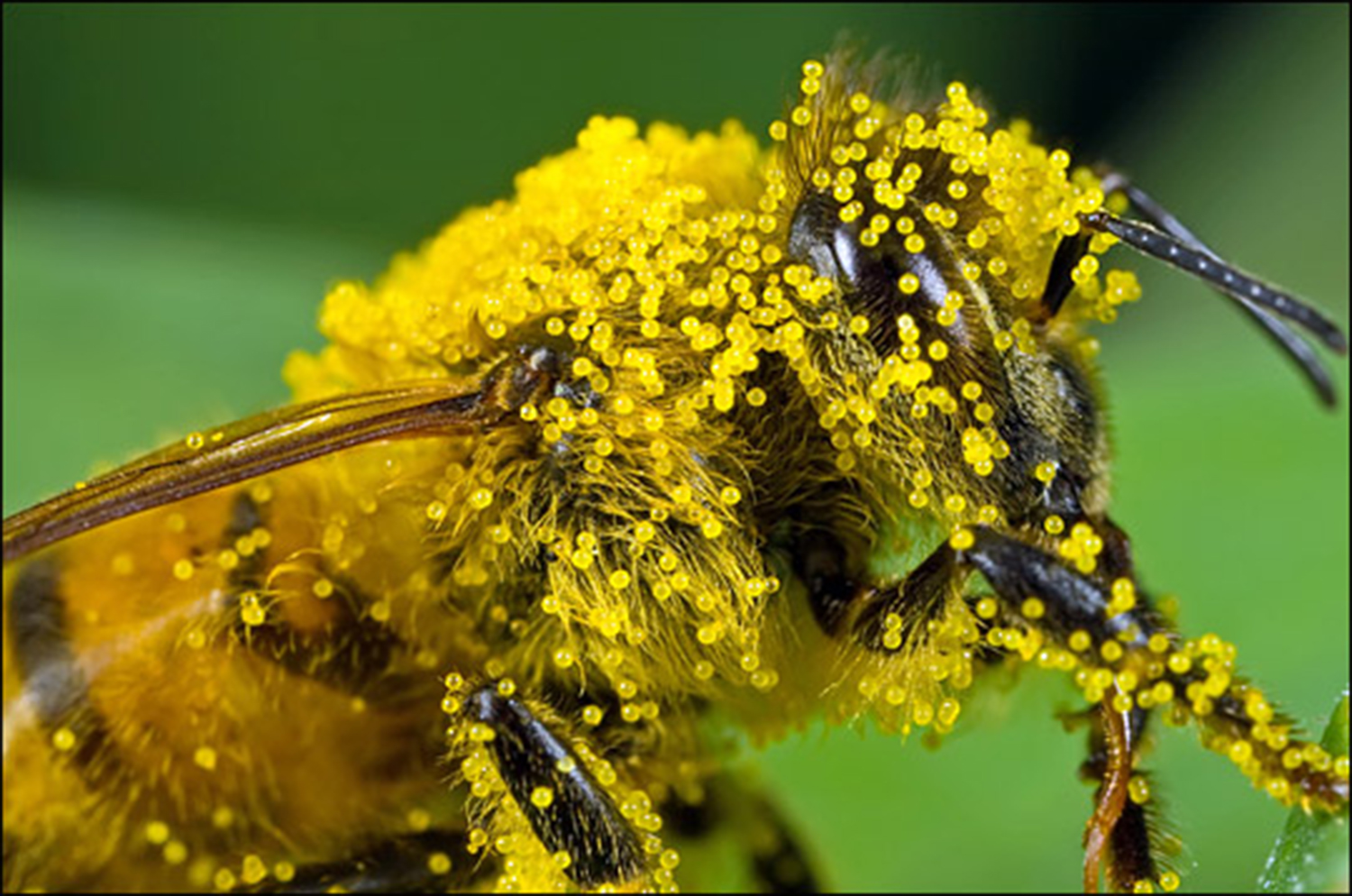
While flying to the next flower, the honeybee will brush herself and move many of the pollen grains, to arrange them in the pollen baskets made of stiff hairs on her hind legs. Some of the pollen grains are so dry that they cannot be formed into a clump. To prevent the pollen falling off during flight, the bee will regurgitate some nectar and mix it with the pollen so sticks together this gives the sweet taste when eating pollen balls collected by bees. It also makes the pollen a little darker so that it can be difficult to see from which plants it comes. Some bees do not have pollen baskets they transport the pollen in the hair on their abdomen (Osmia bees and leaf cutter bees). When the honeybee with pollen is landing in the next flower, there will be pollen enough left on the bees’ body hairs to pollinate the new flower, by delivering some grains to the flower’s stigma. Now pollination has taken place and the flower is happy to reproduce. To create a seed, the pollen grain has to grow a small tube inside the stigma to the ovary of the flower. Then a male gamete can actually travel through the tube, fertilize the egg cell and start development of the fertile seed. Now the fertilization has taken place in an amazing way.
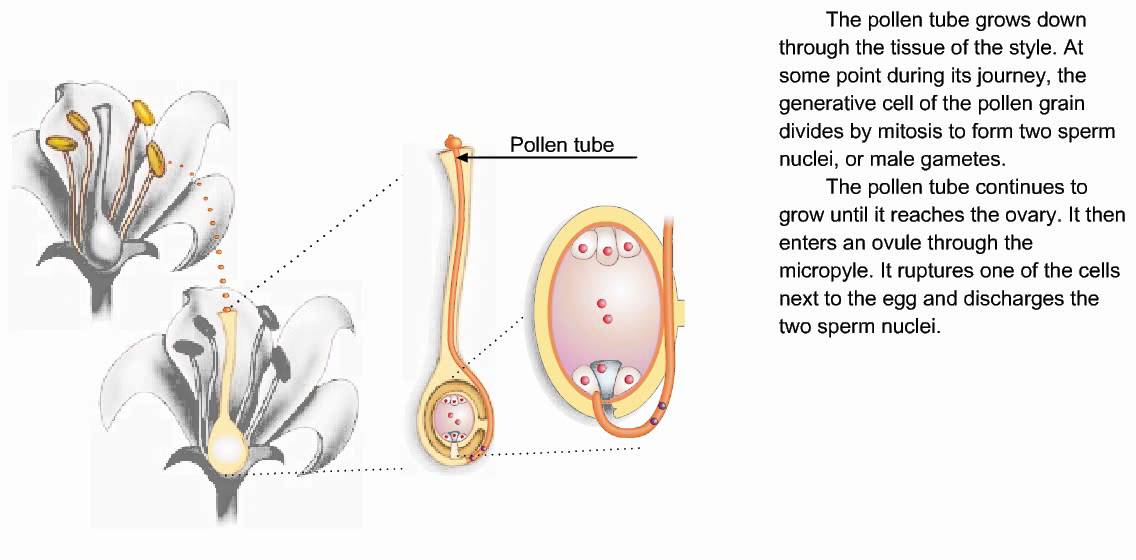
A very few plants need several successful visits from bees to ensure that all the flower’s eggs are fertilized. For example, some varieties of strawberry plants need about 20 pollen grains, requiring visits by several bees, an apple flower may need five or more bee visits to receive enough pollen grains to complete fertilisation. If the fertilization is inadequate because of lack of bees, not all seeds will develop, and the shape of the fruit will be poor and small. Fertilization is the beginning of a new seed, which perhaps will grow and develop into a new plant. The new plant will bloom, provide the bees with food, be pollinated, and be fertilized, and in this way, life continues for plants and bees, fantastic miracle of nature.
Pollination
Lets start with Agriculture and how it depends greatly on the honeybee for pollination. Honeybees account for 80% of all insect pollination that is a substantial percentage. Without such pollination, we would see a significant decrease in the yield of fruits and vegetables and our environment and less like now the industry produces man made foods!!!!! very scary.
Pollen
Bees collect 66 pounds of pollen per year, and that is per hive!!. Pollen is the male germ cells produced by all flowering plants for fertilization and plant embryo formation.Honeybees use pollen as a food. Pollen is one of the richest and most pure of the natural foods, consisting of up to 35% protein, 10% sugars, carbohydrates, enzymes, minerals, and vitamins A (carotenes), B1 (thiamin), B2 (riboflavin), B3 (nicotinic acid), B5 (pantothenic acid), C (ascorbic acid), H (biotin), and R (rutine) full range of amino-acids, just bee pollen by it self is a full supplemental food.
Honey
Bees use Honey for food all year round. There are many types, colors and flavors of honey, depending upon it’s nectar source. The bees make honey from the nectar they collect from flowering trees and plants. Honey is a very easily digestible, pure food due to the fact that is predigested by the bees and very easily absorbed by our boys without creating havoc in our pancreas like sugar does. Honey is hydroscopic and has antibacterial qualities. Eating local honey can fend off allergies due to the process that the bee uses to transform the pollen in essence is like getting a nature made homeopathic in your system, I always get local honey whatever I visit or bee pollen and I start with a minute amount and then I increase the dosage so I keep my self allergy free,and it works great.
Beeswax
This is a product secreted from the bees glands, beeswax is used by the honeybee to build honey comb in their bee hive. It is used by humans in drugs, cosmetics, artists’ materials, furniture polish and candles, soaps hair products and much much more.
Propolis
Collected by honeybees from trees, the sticky resin is mixed with wax to make a sticky glue. The bees use this to seal cracks and repair their hive and at the same time to protect it from bacteria. It is used by humans as a health aid, and as the basis for fine wood varnishes, I personally always keep some around and I use it in any wound, for me or my dogs and if I feel a sore throat I place a peace in my mouth and I chew it like chewing gum until is all gone and I promise you it works wonders.“While it’s drawing water out of the wound, which is how it might get infected, it’s letting off this very minute amount of hydrogen peroxide. The amount of hydrogen peroxide that comes off honey is exactly what we need–it’s so small and so minute that it actually promotes healing.Derma Sciences, a medical device company, has been marketing and selling MEDIHONEY, bandages covered in honey used in hospitals around the world, amazing tip!.
Royal Jelly
The powerful, milky substance that turns an ordinary bee into a Queen Bee, this is her food. It is made of digested pollen and honey or nectar mixed with a chemical secreted from a gland in a nursing bee’s head. It commands premium prices rivaling imported caviar, and is used by some as a dietary supplement and fertility stimulant. It is loaded with all of the B vitamins, for most part beekeepers that are conscious about the life and wellbeing of bees don’t like to collect Royal Jelly du to the fact that is the food for the queen and without her is no bee hive.
For centuries Royal jelly has been used for beauty applying stray on or in skin care and the results are just amazing
Bee Venom
The “ouch” part of the honeybee if you happened to get it through a sting. Although sharp pain and some swelling and itching are natural reactions to a honeybee sting or most, a small percentage of individuals are highly allergic to bee venom. “Bee venom therapy” is widely practiced overseas and by some in the USA to address health problems such as arthritis, neuralgia, high blood pressure, high cholesterol and even MS., and now is new evidence other benefits.
Queen Bee
There is only one queen bee per hive. The queen is the only bee with fully developed ovaries. A queen bee can live for 3-5 years. The queen mates only once with several male (drone) bees, and will remain fertile for life. She usually lays up to 2000 eggs per day wow amazing don’t you think?. Fertilized eggs become female (worker bees) and unfertilized eggs become male (drone bees). When she dies or becomes unproductive, the other bees will “make” a new queen by selecting a young larva and feeding it a diet of “royal jelly”. For queen bees, it takes 16 days from egg to emergence.
The queens are developed from larvae selected by worker bees and specially fed with Royal Jelly in order to become sexually mature. There is normally only one adult, queen that mates in a hive, in which case the bees will usually follow and fiercely protect her.However, as in the Brazilian stingless bee Schwarziana quadripunctata is an exception, a single hive may have multiple queens or even dwarf queens, ready to replace a dominant queen in a case of sudden death.
Worker Bee
All worker bees are female,these bees are not able to reproduce. Worker bees live for 4-9 months during the winter season, but only 6 weeks during the busy summer months pretty short life,they literally work themselves to death, Hmmm, sounds like humans specially here in US, work work work. Nearly all of the bees in a hive are worker bees. A hive consists of 20,000 – 30,000 bees in the winter, and over 60,000 – 80,000 bees in the summer. The worker bees sequentially take on a series of specific chores during their lifetime: housekeeper; nursemaid; construction worker; grocer; undertaker; guard; and finally, after 21 days they become a forager collecting pollen and nectar, an incredibly organized system. For worker bees, it takes 21 days from egg to emergence. The worker bee has a barbed stinger that results in her death following stinging, therefor, she can only sting once.
Drone Bee
These male bees are kept on standby during the summer for mating with a virgin queen. Because the drone has a barbed sex organ, mating is followed by death of the drone and there you have it no cheating males on this one. There are only 300-3000 drone in a hive. The drone does not have a stinger. Because they are of no use in the winter, drones are expelled from the hive in the autumn.
A bit of trivia:
• Honeybees are not native to the USA. They are European in origin, and were brought to North America by the many early settlers.
• Honeybees are not aggressive by nature, and will not sting unless protecting their hive from an intruder or are maliciously provoked.
• Honeybees represent a very highly organized society, with various bees having very specific roles during their lifetime: nurses, guards, grocers, housekeepers, construction workers, royal attendants, undertakers, foragers, pollinators etc.
• The queen bee can live for most part several years an less human intervention destroys them! like always humans and destruction. Worker bees live for 6 weeks during the busy summer, and for 4-9 month during the winter months.
• The practice of honey collection and beekeeping dates back to the stone-age, as evidenced by cave paintings.
• The honeybee hive is perennial. Although quite inactive during the winter, the honeybee survives the winter months by clustering for warmth. By self-regulating the internal temperature of the cluster, the bees maintain 93 degrees Fahrenheit in the center of the winter cluster (regardless of the outside temperature) pretty remarkable.
• An estimated 3.2 million colonies are in the U.S hopefully still.
• The average honeybee can fly at a speed of 15 miles per hour.
• A hive of bees must fly 55,000 miles to produce a pound of honey, there is a fact to appreciate.
• It would take approximately one ounce of honey to fuel a bee’s flight around the earth.
• An average worker bee makes about 1/12th of a teaspoon of honey in her lifetime, I truly have gratitude for their work.
• To make honey, bees drop the collected nectar into the honeycomb and then evaporate it by fanning their wings.
• Honeybees dance to communicate the direction and distance of nectar sources.
• The fructose in honey makes it sweeter than sugar. At 21 calories a teaspoon it is one and a half times sweeter than sugar, not to mention Hence, honey vs sugar, honey has a healthier Glycemic Index (GI) which measures the negative impact of a given food on the blood-glucose level. The lower the GI rating, the slower the absorption and infusion of sugars into the bloodstream and hence a more gradual and healthier digestion process.not to mention the nutrients in honey that sugar doesn’t own.
Honeybee venom
Honeybee venom is produced by two glands associated with the sting apparatus of worker bees. Its production increases during the first two weeks of the adult worker’s life and reaches a maximum when the worker bee becomes involved in hive defense and foraging. It diminishes as the bee gets older. The queen bee’s production of venom is highest on emergence, which allows her to be prepared for immediate battles with other queens.
When a bee stings, it does not normally inject all of the 0.15 to 0.3 mg of venom held in a full venom sac (Schumacher et al., 1989 and Crane 1990, respectively). Only when it stings an animal with skin as tough as ours will it lose its sting – and with it the whole sting apparatus, including the venom sac, muscles and the nerve center. These nerves and muscles however keep injecting venom for a while, or until the venom sac is empty. The loss of such a considerable portion of its body is almost always fatal to the bee.
Used in small doses however, bee venom can be of benefit in treating a large number of ailments. This therapeutic value was already known to many ancient civilizations and now is much documentation on its benefits.
Honeybee venom is a clear, odorless, watery liquid. When coming into contact with mucous membranes or eyes, it causes considerable burning and irritation. Dried venom takes on a light yellow color and some commercial preparations are brown, thought to be due to oxidation of some of the venom proteins. Venom contains a number of very volatile compounds which are easily lost during collection.
88% of venom is water. The glucose, fructose and phospholipid contents of venom are similar to those in bee’s blood (Crane, 1990). At least 18 pharmacologically active components have been described, including various enzymes, peptides and amines. Detailed information on the components is available in the Krell document noted below.
(taken from Krell, R.,“Value-Added Products from Bee-Keeping,”
FAO Agricultural Services Bulletin #124, 1996)
Dried Bee venom
Bee venom, also known as apitoxin or apis mellifera,These two proteins are one of the keys to healthy skin. Collagen gives skin its elasticity and strength, and a reduction in collagen (sparked by the natural ageing process) can lead to wrinkles and fine lines.
Meanwhile, elastin is essential for the production of elastic fibres in the body. These small groups of proteins help to give strength and flexibility to our connective tissues, providing structural support for skin, the heart, lungs and other organs.
Products made with purified bee venom can help to moisturise skin while providing anti-aging and firming effects.
In most cases, application of these creams, moisturisers, masks and cleansers will feel much like an ordinary beauty product, although it may induce some micro-swelling (light plumping) in the area as it works.
It’s important to remember that if you do have a severe allergy to bee stings, it’s best to seek advice from your doctor before using any products containing bee venom.
The main component in apitoxin is melittin amounting to 52 % of venom peptides.
Other components are:
- Apamin increases cortisol production in the adrenal gland. Apamin is a mild neurotoxin.
- Adolapin, contributing 2–5% of the peptides, acts as an anti-inflammatory and analgesic because it blocks cyclooxygenase.
- Phospholipase A2 amounts to 10–12% of peptides and it is the most destructive component of apitoxin. It is an enzyme which degrades the phospholipids which cellular membranes are made of. It also causes decreased blood pressure and inhibits blood coagulation. Phospholipase A2 activates arachidonic acid which is metabolized in the cyclooxygenase-cycle to form prostaglandins. Prostaglandins regulate the body’s inflammatory response.
- Hyaluronidase contributing 1–3% of peptides dilates the capillaries causing the spread of inflammation.
- Histamine contributing 0.5–2% and is involved in the allergic response.
- Dopamine and noradrenaline which contribute 1–2% increase pulse rate.
- Protease-inhibitors contribute 2% and act as anti-inflammatory agents and stop bleeding.
- Tertiapin.
According to: http://www.shirleys-wellness-cafe.com/NaturalFood/Bee
Honey bee venom contains at least 18 active substances. Melittin, the most prevalent substance, is one of the most potent anti-inflammatory agents known (100 times more potent than hydrocortisol). Adolapin is another strong anti-inflammatory substance, and inhibits cyclooxygenase; it thus has analgesic activity as well. Apamin inhibits complement C3 activity, and blocks calcium-dependent potassium channels, thus enhancing nerve transmission.
Other substances, such as Compound X, Hyaluronidase, Phospholipase A2, Histamine, and Mast Cell Degranulating Protein (MSDP), are involved in the inflammatory response of venom, with the softening of tissue and the facilitation of flow of the other substances. Finally, there are measurable amounts of the neurotransmitters Dopamine, Norepinephrine and Seratonin.
The composition of bee venom and its properties
Bee venom is a complex substance, the chemical composition of which are enzymes, proteins, amines (histamine, choline), volatile oils, evaporating during the drying of poison. And acids (hydrochloric, phosphoric, formic) and substances such as hormones of the adrenal cortex.
Let us consider the properties of bee venom, which he has:
– Improves fat metabolism, which in turn regulates cholesterol metabolism, reducing its concentration in the blood;
– Enhances the action of enzymes and hormones;
– Stimulates the “adrenal glands – the pituitary gland”;
– Assists in the concretionary bones as facilitating this process;
– Has anti-inflammatory effects;
– Thanks to the analgesic, antispasmodic and vasodilatory action, bee venom is often used for children to relieve pain in the abdomen;
– Contains substances which lowers the body temperature;
– Has a positive effect on the central nervous system;
– Strengthens the immune system;
– Has antiarrhythmic action and the ability to stimulate the heart;
– Restore the myelin sheath of nerve fibers, resulting in normal nerve impulse;
– Improves sexual function;
– Contributes to the removal of salts from the human body;
– Stimulates brain activity;
– Increases the elasticity of the connective tissue;
– Improves hearing, memory and vision.
Thus, bee venom is a unique substance, the positive properties of which are not fully understood until now. However, the effect of bee venom is widely used in modern medicine for the effective treatment of almost all of the human body.
Health benefits of honey bee venom (apitoxin)
from: http://www.diyhomeremedies.net/health-benefits-honey-bee-venom-apitoxin/
Honey bee venom (apitoxin) has anti-inflammatory, antifungal, antibacterial, and antipyretic properties.
It is known as an effective natural remedy for rheumatism and pain relief.
Also, it is effective against insomnia, migraine, energy, immunity, increases appetite. Generally, honey bee venom (apitoxin) is an excellent prevention against infectious diseases.
Russian scientists have discovered that honey bee venom (apitoxin) has the ability to expand blood vessels, which improves blood circulation and metabolism.
Due to irritation, at the time of bite immune system activates wherein the blood begins to circulate and stronger circulation and higher oxidation prevent bacterial growth.
Honey bee venom (apitoxin) opens capillary walls, allowing the body easily and quickly discharge of waste substances. In this way the metabolism accelerates, and body is filled with oxygen .
Honey bee venom (apitoxin) therapy has proven to be useful in :
- arthrosis and arthritis
- inflammation of nerves (neuritis , sciatica)
- multiple sclerosis
- Parkinson’s disease
- cerebral palsy
- high blood pressure
- high cholesterol
- poor circulation
- inflammation of blood vessels
- asthma and allergies
- urticaria
- psoriasis
- wounds and scars
- inflammation of the ovaries and fallopian tubes
- addiction
Egyptian Bee Keeper
Therapies involving the honeybee have existed for thousands of years and some may be as old as human medicine itself. The ancient rock art in the caves of early hunter-gatherers depicts the honeybee as a source of natural medicine. Bee venom therapy was practiced in ancient Egypt, Greece, and China—three Great Civilizations known for their highly developed medical systems. Hippocrates, the Greek physician known as the “Father of Medicine”, recognized the healing virtues of bee venom for treating arthritis and other joint problems he new about it . Today, growing scientific evidence suggests that various bee products promote healing by improving circulation, decreasing inflammation, and stimulating a healthy immune response.
It is important to note that Apitherapy is not only the use of the venom for healing, often called Bee Sting Therapy, but the use of all the hive products, and usually a combination of them. These products are also sometimes mixed with other ingredients, specifically different essential oils, dependent on the condition being treated.
The more modern study of apitherapy, specifically bee venom, was initiated through the efforts of Austrian physician Philip Terc in his published results “Report about a Peculiar Connection between the Bee Stings and Rheumatism” in 1888. Bodog Beck (Budapest, Hugary 1871 – NYC, 1942) followed Terc, and brought Apitherapy to the United States. More recent popularity has been credited to Charles Mraz (1905 – 1999), a beekeeper from Vermont, who knew Beck. Some of the Board Members of the American Apitherapy Society, as well as some general AAS members, have been trained by and/or treated and inspired by Mraz. The Society’s annual educational and training event, CMACC, is named for him, the Charles Mraz Apitherapy Course and Conference.
Do Bee Venom Beauty Treatments Work?
In the last couple of years there has been a lot of buzz in the press and the media about bee venom products and the benefits being gained by various actresses, celebrities and royalty using them, I personally got introduce to stover forty years ago by my mother she always used royal jelly and all Bee products. But before rushing out to buy wouldn’t you like to know just a bit more about what bee venom can or can’t do for you?( always be cont of your tolerance to bee products and by that I mean allergies to bees ) Bee venom treatments aren’t a new addition to beauty and health treatments, they have been around for centuries, but it’s only recently that the benefits have become public knowledge and approved in safety for public use.
We are always on the lookout for products that can help us to get rid of wrinkles and fine lines or to rejuvenate our skin to its original youthful glow, and this is where bee venom creams and masks seem to play a major role in restoring elasticity and radiance to your skin. So, the next question is do bee venom treatments really work and will they be suitable for you?
What Are Bee Venom Beauty Treatments?
The Chinese and the Greeks used bee venom treatments for centuries but it is only recently that we have recognized their benefits as part of a daily beauty regimen. Aging unfortunately is a fact of life but that doesn’t mean we can’t take steps to minimize the facial wrinkles, fine lines and sagging skin. There are a range of specialized bee venom treatments, including bee venom masks and bee venom creams to provide the essential ingredients to rejuvenate and restore your skin back to it’s former state.
How Does Bee Venom Work?
Bee venom is a clear, odorless liquid that’s injected into your skin when a honeybee stings you. It consists of more than 20 known compounds, the most prominent being melittin, a protein that boasts powerful anti-inflammatory, anti-bacterial, and anti-viral properties. Most products that contain bee venom act in a somewhat similar manner when put on your skin, though the effects can vary for different people. Basically bee venom sort of tricks your skin and its mild irritant properties make your skin believe that it is under “attack”. Consequently your skin reacts by producing more elastin and collagen plus the blood circulation to the facial skin also increases. The end result is a plumper, firmer and smoother skin.
Using bee venom treatments on a regular basis can result in a huge transformation to your facial skin. You should also make sure that you include your neck area in your bee venom regime since it is equally exposed to sun and air pollutants but often overlooked. The bee venom creams can be used overnight and work on the skin even as you sleep. The bee venom masks need to be applied then left on for 15- 20 minutes before washing off with water, and you will usually feel immediate results after a bee venom mask treatment. Combined use of bee venom masks and bee venom cream will result in the cleansing, tightening, softening and nourishing of your facial skin.
What Else Should You Know About Bee Venom Treatments?
Bee venom is unique in regard to beauty benefits but a small word of caution at this point – anyone who is allergic to bee products should not use bee venom treatments. They can lead to severe reactions for some people. Always test any product before you start using it on a regular basis and then begin your journey to permanently good-looking skin.
So how does it work?
As skin ages, it loses its naturally-occurring collagen which results in sagging skin and fine lines and wrinkles. Sometimes referred to as nature’s Botox, bee venom therapy works to reverse the effects of aging by encouraging the stimulation of natural collagen and elastin.
Applying small amounts of bee venom creams to the skin fools it into thinking it has been stung. Blood is sent to the affected area which in turn stimulates the production of collagen, which strengthens body tissue, and elastin, which helps the skin stay firm and youthful. Regular users of bee venom therapy beauty products like eye cream, venom masks, ointment and serum can notice a number of benefits including improved skin texture and firmness, the reduction of pores, fine lines and wrinkles, and reduced pigmentation and sun damage.
It’s important to reiterate that you shouldn’t just squeeze the venom out of a bee and dab it on your wrinkles. The difference between a bee venom cream and an actual bee sting is the dosage. Bee venom beauty products like eye cream, moisturiser, venom mask and venom ointment contain a low-dose variant of bee venom, which means a user can still enjoy the skincare benefits it provides without actually being stung.
Bee venom by itself is great for an instantaneous skin lift and plump-up but if it’s left on your skin for too long at one time, it can result in a similar reaction to an actual bee sting. To avoid the angry reaction while still harnessing the power of nature, bee venom is often combined with New Zealand Manuka honey. Not just famous for our organic skincare ranges, we produce New Zealand Manuka honey which is internationally-recognised for its healing and overall health benefits. It has anti-inflammatory properties which help to reduce possible redness that might be caused by the application of bee venom, while its anti-bacterial benefits assist with any possible skin infection. Bee venom and New Zealand Manuka honey combos come in venom masks, eye creams, moisturizers and a wide range of creams and ointments.
However, one star ingredient that’s been gaining a steady buzz over the past few years is the use of bee venom to promote positive effects in human skin. Its inherent properties have earned it the nickname of ‘nature’s botox’, and even Kate Middleton reportedly used a face mask with bee venom as part of her wedding preparations.
But is it safe for the bees?
from: http://www.prevention.com/beauty/natural-beauty/bee-venom-beauty-trend-killing-bees
When a bee stings a person, it dies because it no longer has its stinger. Collecting bee venom, on the other hand, is not harmful or stressful for the bees. A glass sheet is placed into the beehive along with a very weak electrical current running through it. When bees sit on the glass, the weak current encourages them to stick out their stingers and pump out a small amount of venom. As each bee releases its venom, it also releases pheromones which tell the other bees to sting the glass too. The venom sticks to the glass, which is then removed from the beehive and the venom collected and purified.
And in case you were wondering, collecting bee venom does not contribute to colony collapse disorder, the unusually high levels of hive loss reported by beekeepers beginning in 2006. That’s caused by a cocktail of diseases, parasites, poor nutrition, and environmental stressors like pesticides and limited water access, says the USDA. Fras has noticed that the bees he stimulates for venom even yield more honey than their non-stimulated counterparts. “I don’t know if [the stimulation] has anything to do with it, but we definitely haven’t seen a negative impact [on the bees].”
But even if bee venom collection turns out to be a positive for bees, know that us humans can definitely get too much of a good thing. “We’ve heard of people using bee venom two or three times a day, and that’s not something we recommend. It’s a matter of your personal preference and tolerance level, but using bee venom two or three times a week is more than enough to achieve the desired effects,” says Fras.
The venom is harvested from bees without causing them any harm.
from: http://www.manukadoctor.com/purified-bee-venom
That means you can rest assured no bees were harmed in the making of your beauty product and you can look forward to seeing the results of this wonder ingredient on your skin.
Purified Bee Venom (PBV™) is an industry first from Manuka Doctor. Because venom can contain contaminants from handling and collection, we established a process to ensure only the purest of ingredients go into our products and on your skin.
Each batch of PBV™ is tested for its composition and recorded for quality control and tracking purposes. If it doesn’t meet our strict specifications for purity and toxicity testing, it is immediately rejected.
Our highly trained beekeepers undergo regular learning for quality controlled bee venom collection. Research has proven that the quality of our bee venom is of a clinical patient treatment standard. In Korea, where extensive testing of bee venom has taken place, leading researcher Dr Sang Mi Han concluded that there is no guarantee that other bee venom sources would give the same results as Purified Bee Venom.
However, one star ingredient that’s been gaining a steady buzz over the past few years is the use of bee venom to promote positive effects in human skin. Its inherent properties have earned it the nickname of ‘nature’s botox’, and even Kate Middleton reportedly used a face mask with bee venom as part of her wedding preparations.
Here are some very interesting facts
The honey bee has been around for millions of years.
Honey bees, scientifically also known as Apis mellifera, are environmentally friendly and are vital as pollinators.
It is the only insect that produces food eaten by man.
Bee Venom has evolved beyond a physical defence against predators, to be a colony protector.
Honey is the only food that includes all the substances necessary to sustain life, including enzymes, vitamins, minerals, and water; and it’s the only food that contains “pinocembrin”, an antioxidant associated with improved brain functioning.
Honey bees have 170 odorant receptors, compared with only 62 in fruit flies and 79 in mosquitoes. Their exceptional olfactory abilities include kin recognition signals, social communication within the hive, and odor recognition for finding food. Their sense of smell was so precise that it could differentiate hundreds of different floral varieties and tell whether a flower carried pollen or nectar from metres away.
The honey bee’s wings stroke incredibly fast, about 200 beats per second, thus making their famous, distinctive buzz. A honey bee can fly for up to six miles, and as fast as 15 miles per hour.
The average worker bee produces about 1/12th teaspoon of honey in her lifetime.
A hive of bees will fly 90,000 miles, the equivalent of three orbits around the earth to collect 1 kg of honey.
It takes one ounce of honey to fuel a bee’s flight around the world.
A honey bee visits 50 to 100 flowers during a collection trip.
The bee’s brain is oval in shape and only about the size of a sesame seed, yet it has remarkable capacity to learn and remember things and is able to make complex calculations on distance travelled and foraging efficiency.
A colony of bees consists of 20,000-60,000 honeybees and one queen. Worker honey bees are female, live for about 6 weeks and do all the work.
The queen bee can live up to 5 years and is the only bee that lays eggs. She is the busiest in the summer months, when the hive needs to be at its maximum strength, and lays up to 2500 eggs per day.
Larger than the worker bees, the male honey bees (also called drones), have no stinger and do no work at all. All they do is mating.
Each honey bee colony has a unique odour for members’ identification.
During winter, honey bees feed on the honey they collected during the warmer months. They form a tight cluster in their hive to keep the queen and themselves warm.
Timeless Truth Bio Cellulose Bee Venom Royal Jelly Miricle Mask
Timeless Truth’s Bio Cellulose Masks help you target your skin’s specific needs. Try the Apple Stem Cell, HA Moisturizing, TT Collagen, Snow Lotus, and EGF Anti Aging Masks.. All masks come in a pack of 5.
Manuka Doctor Skincare Apirevive Rub Ease Balm
This balm helps relieve stressed out muscles and aching joints. Its purified bee venom has great anti-inflammatory properties making it the perfect partner to glucosamine for relieving aches and pains.
Abeeco Pure New Zealand Bee Venom Mask
- Rare New Zealand Bee Venom extract works to naturally lift and firm the skin, eliminating the need for cosmetic injections or fillers
- The Abeeco Bee Venom Mask formulation combines a proprietary blend of magical New Zealand Bee Venom, soothing Manuka Honey as well as natural essential oils and nutrients to promote plump and youthful skin
- Can be used as a mask or cream. The effects of the Abeeco Bee Venom Mask are cumulative, the longer you use it the more obvious the results will be
Heaven Black Label Hydrating & Firming Mask
- Hydrating & Firming Mask Very good for dry skin Hydrates the skin. Suitable for sensitive skin Ingredients like Bee Venom Mask unlike that does not contain this Bee Venom with Honey Mask and leave it on your face. Add oxygen to the skin. Good blood circulation Keeps skin soft and flexible, allowing wrinkles or age lines are fading somewhat accelerate the renewal of skin cells. 50 ml. Ingredients Rose (Rose) helps build collagen and elastin and more. Keeps skin soft and smooth Lavender (Lavender) Anti-bacterial treatment for skin anti-aging. Tea Tree (Tea Tree) to help combat bacteria. The skin food Tea Tree acts as a natural preservative. Shea Butter (Shea Butter) is oil from Shea is extracted from natural gas. Smooth skin Marshmallow (marshmallows) to help combat inflammation and repair skin that has been abused. Beta-Carotene (beta-carotene).
